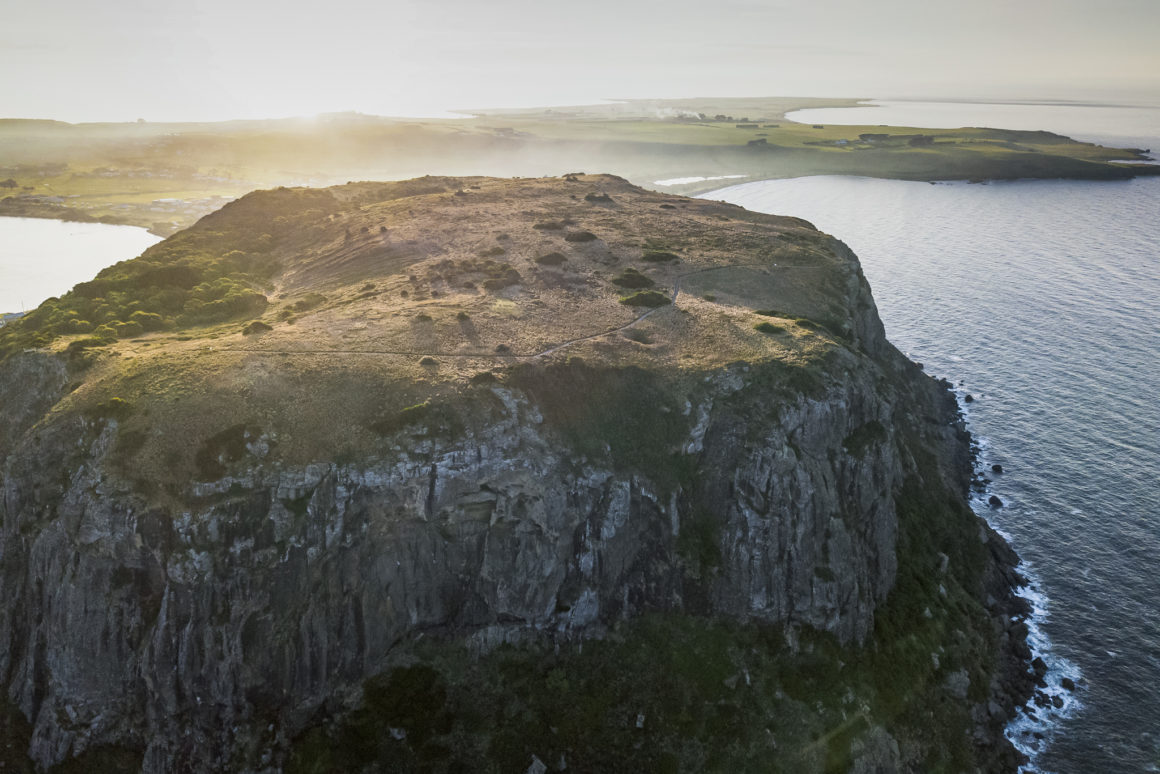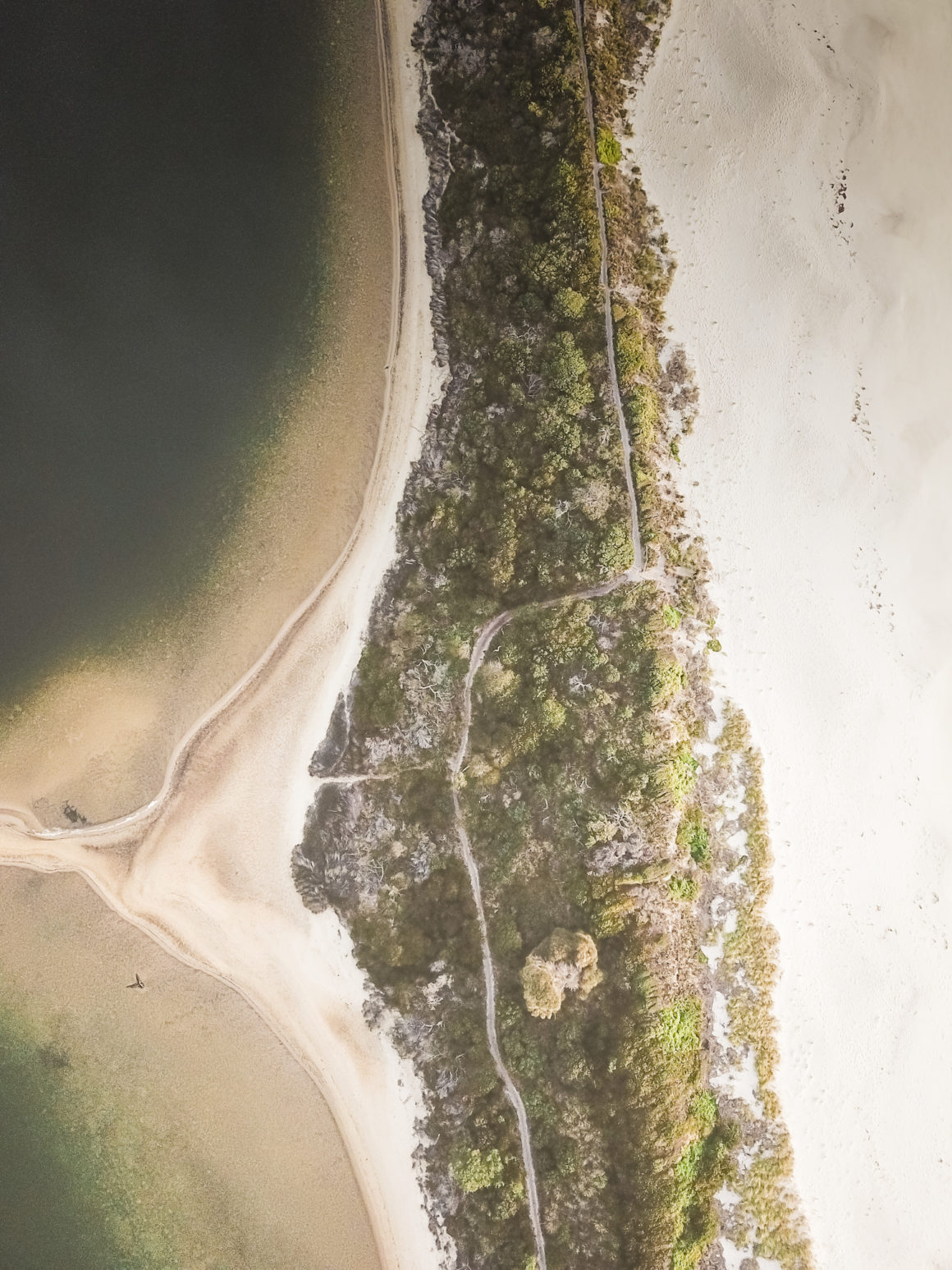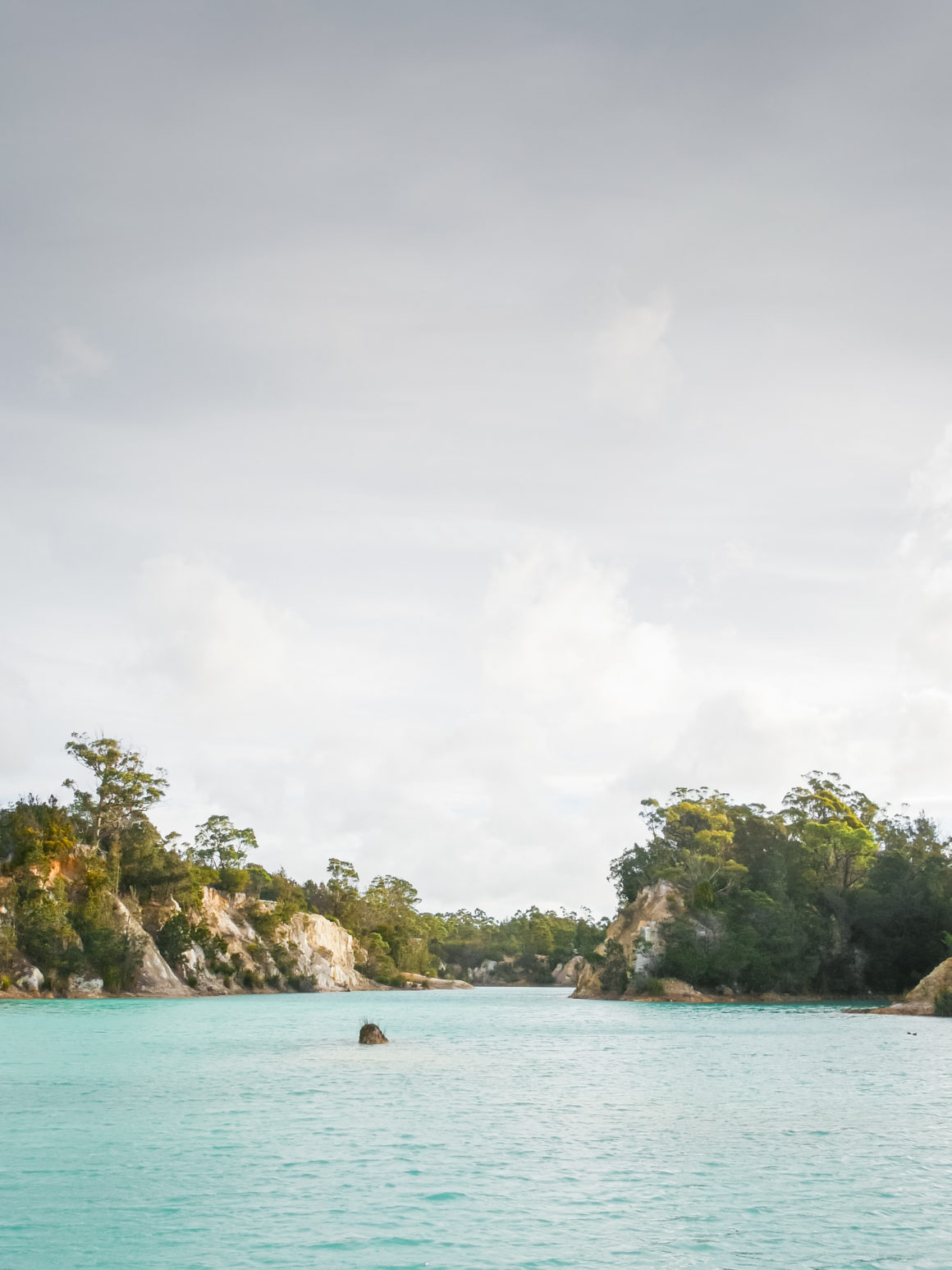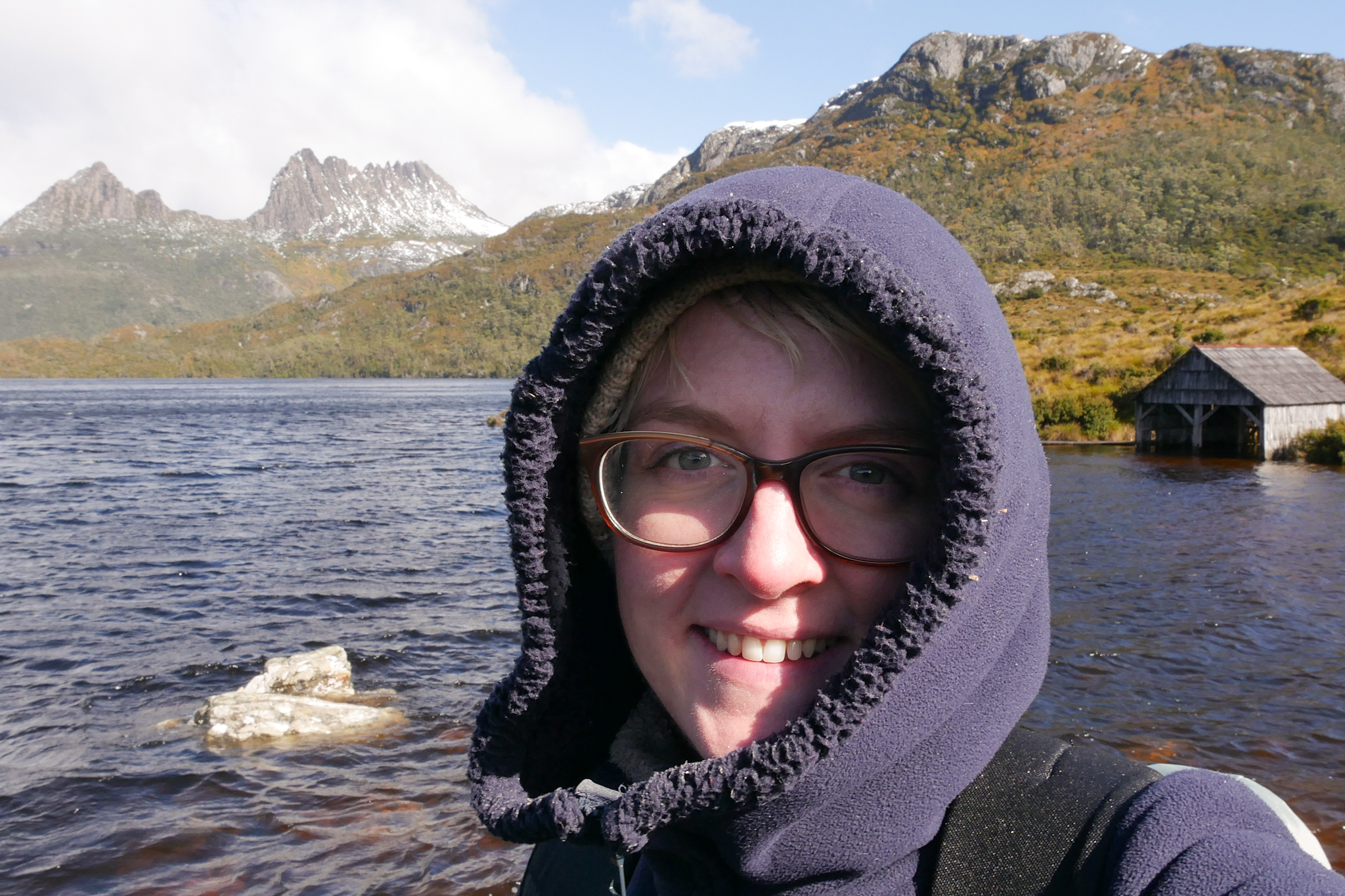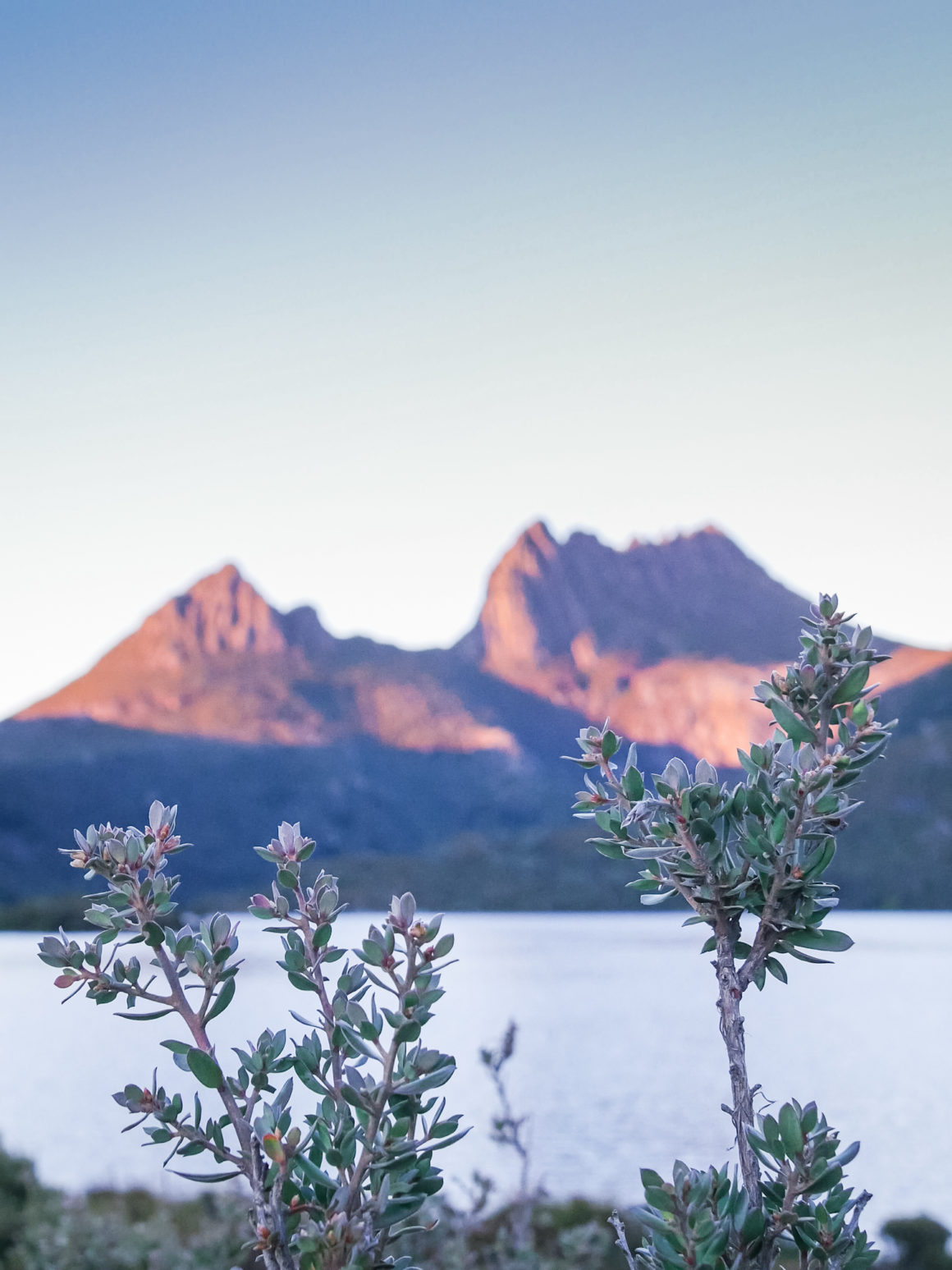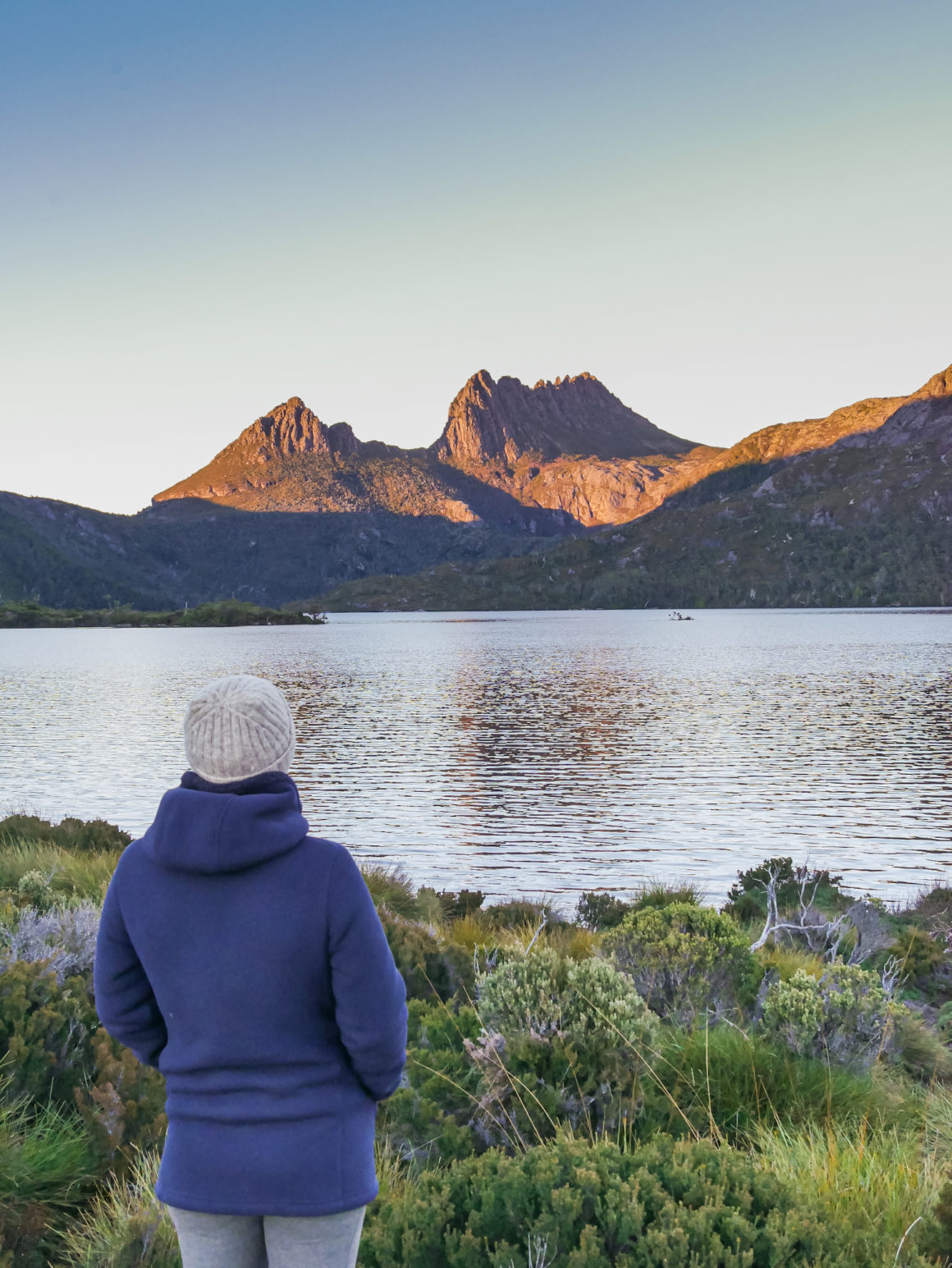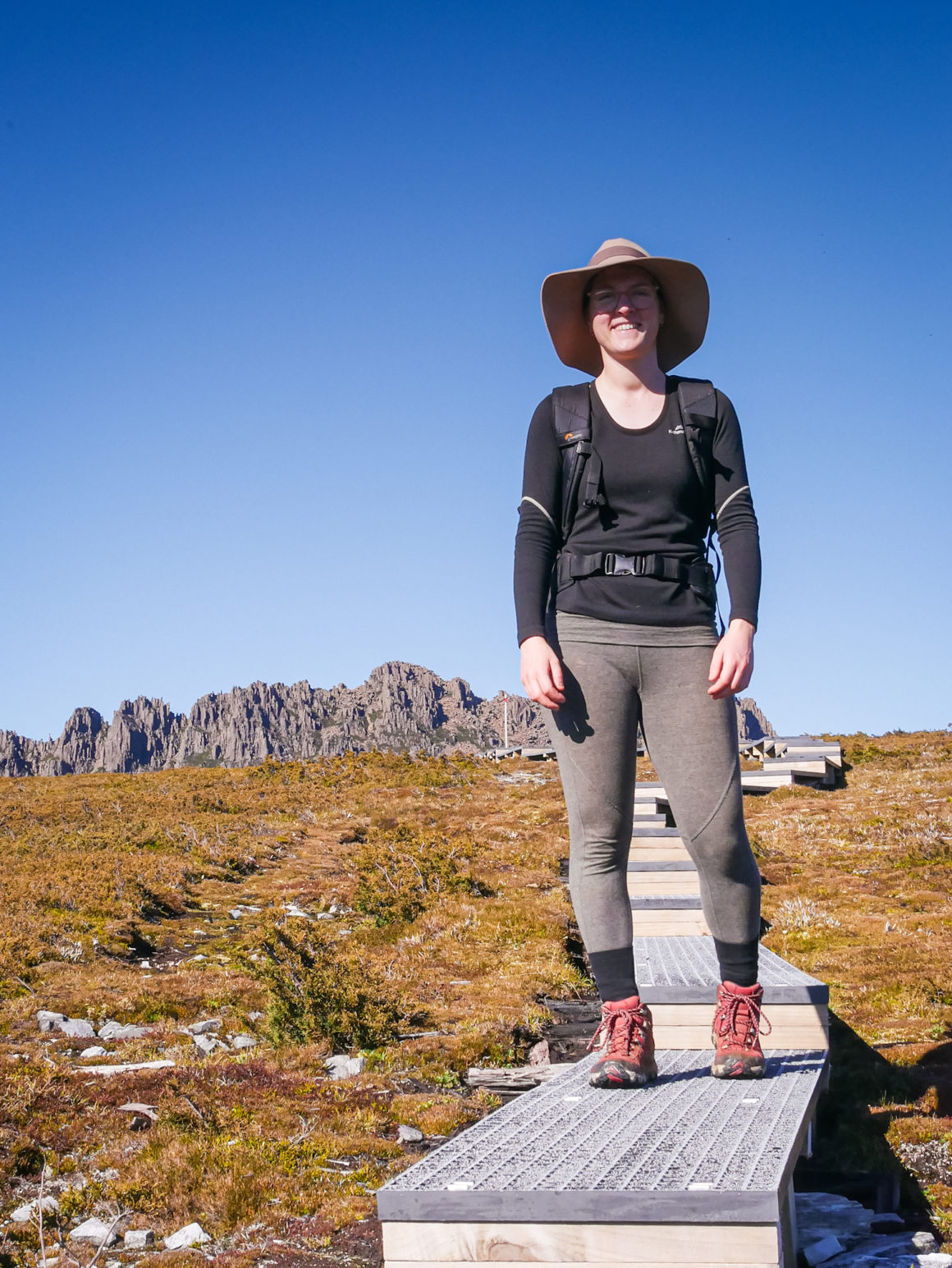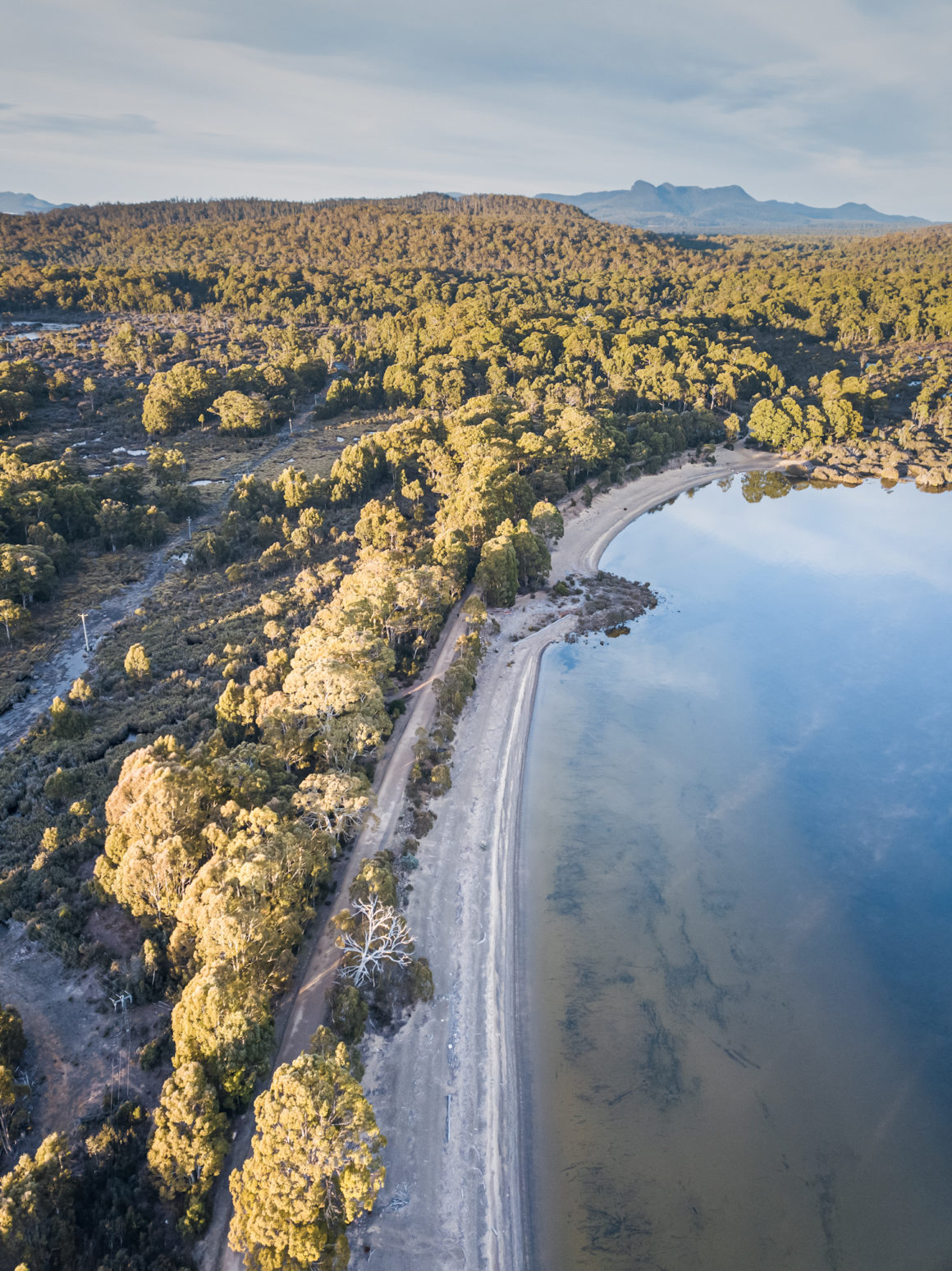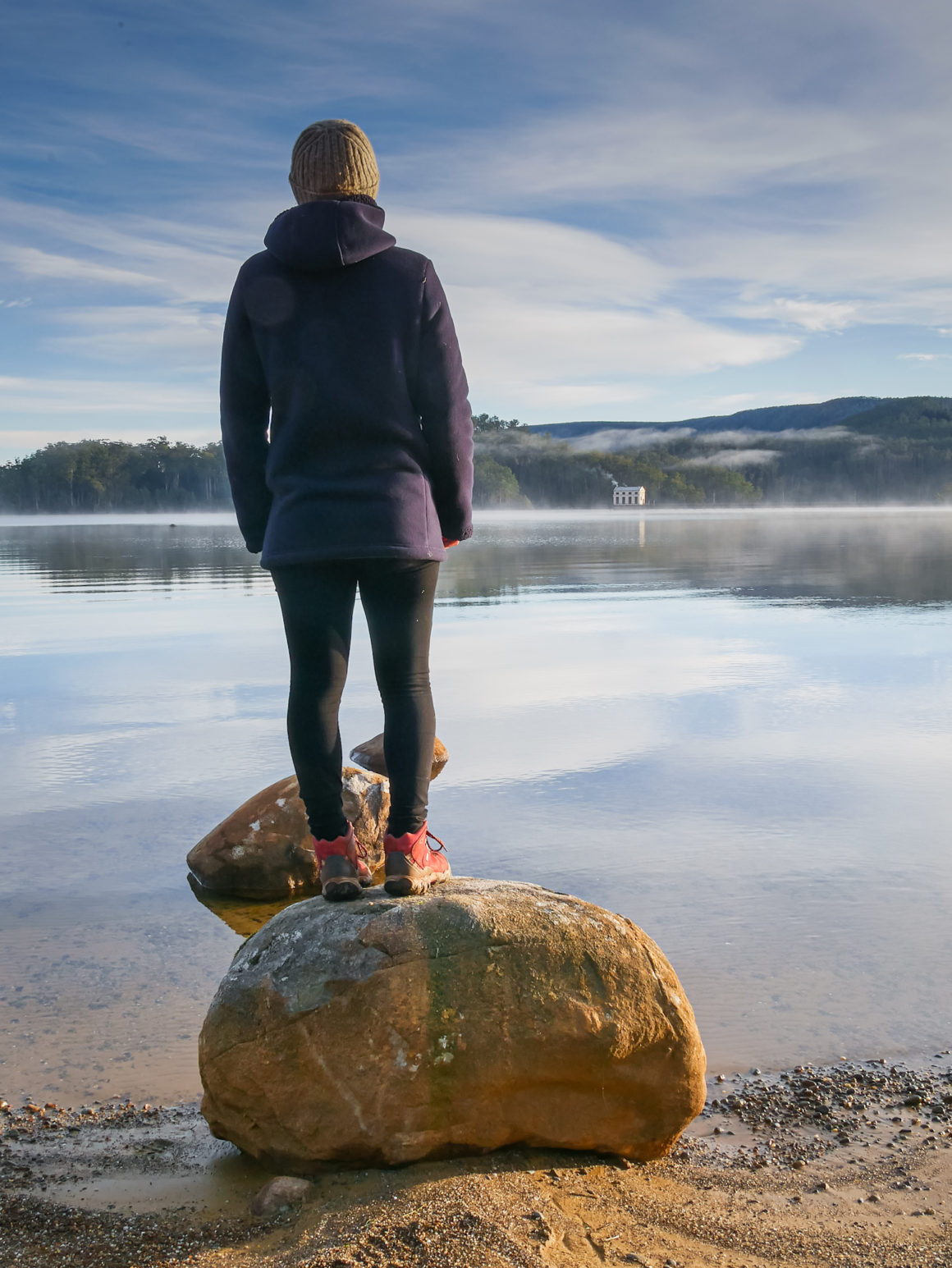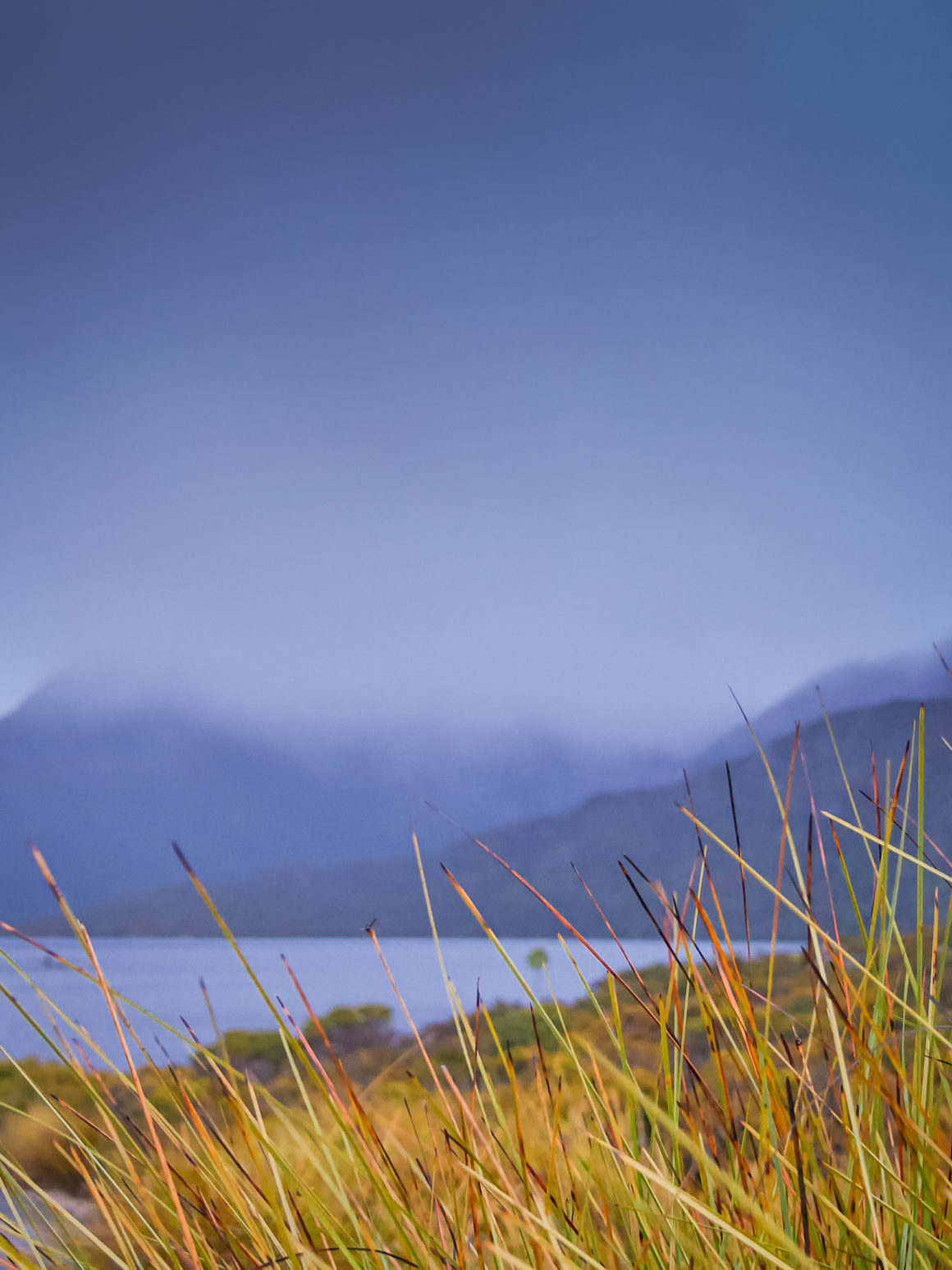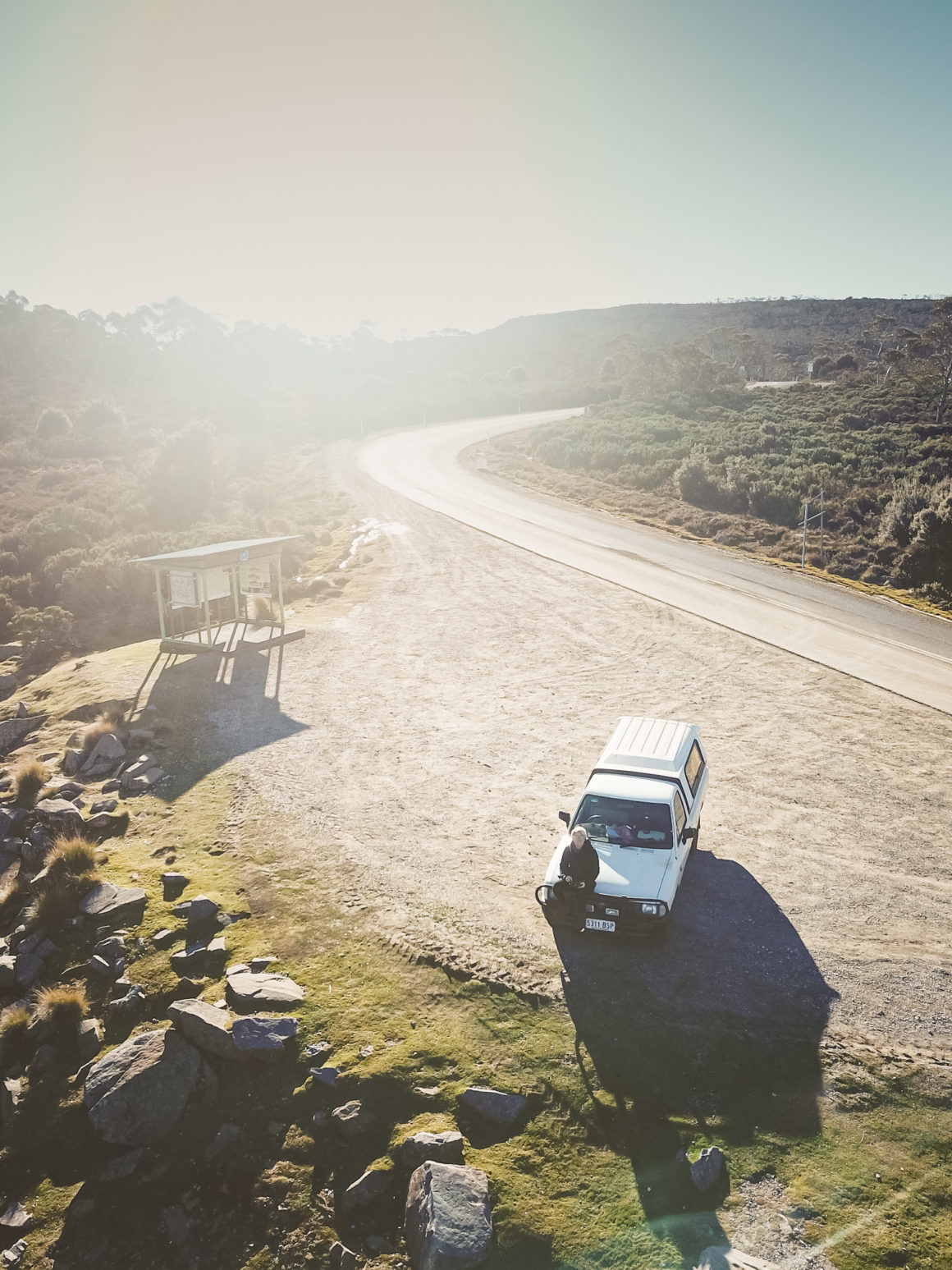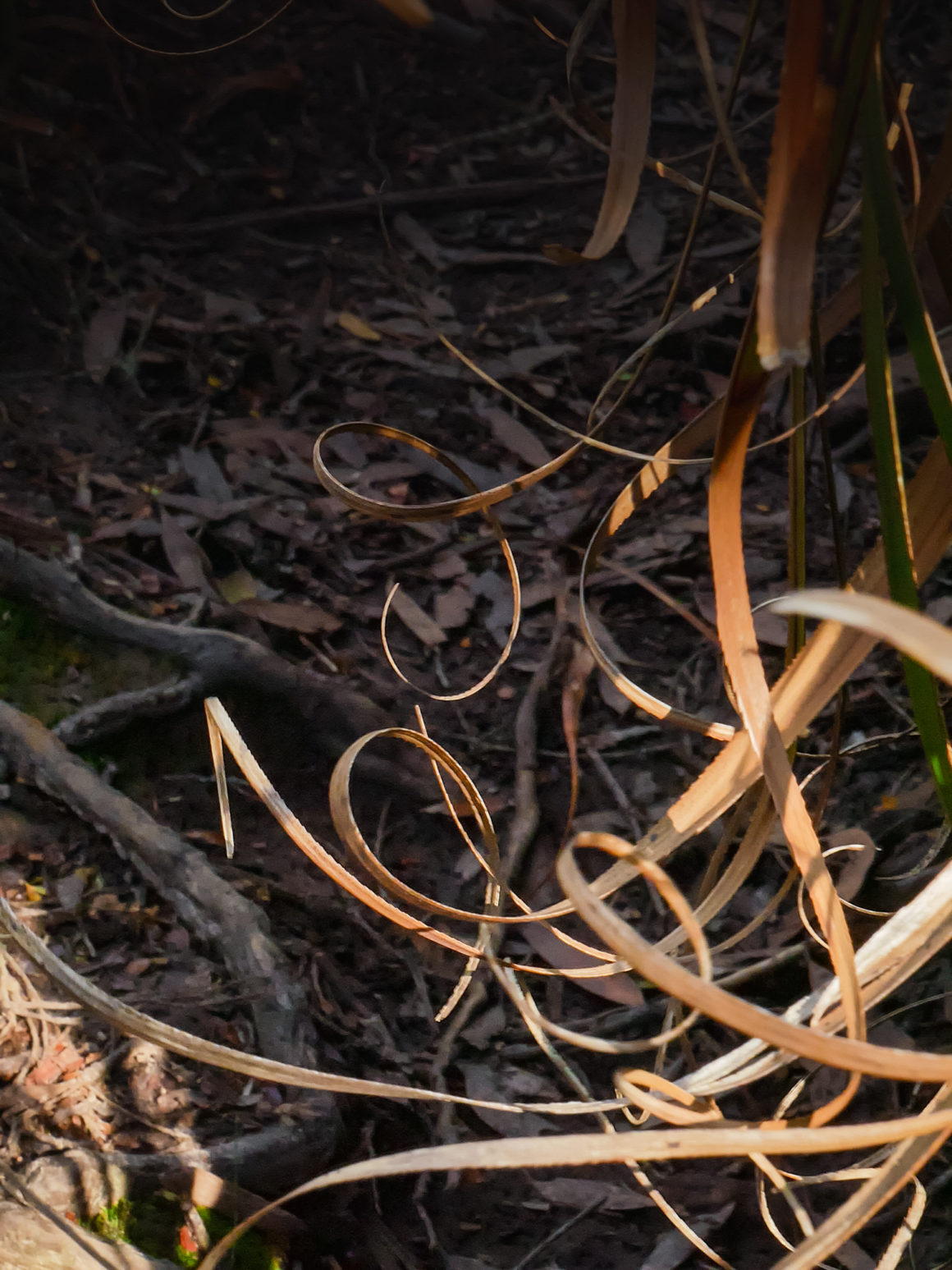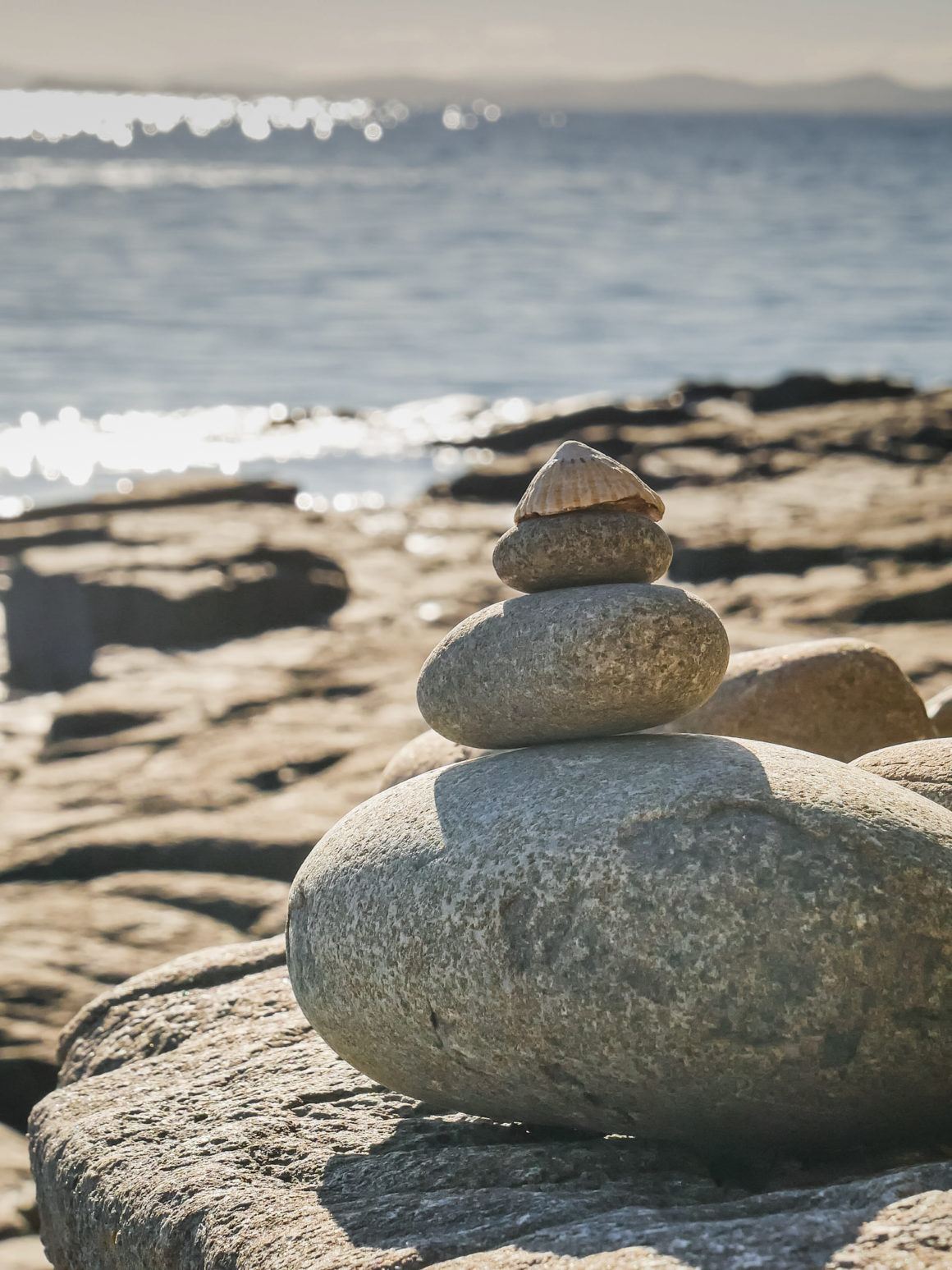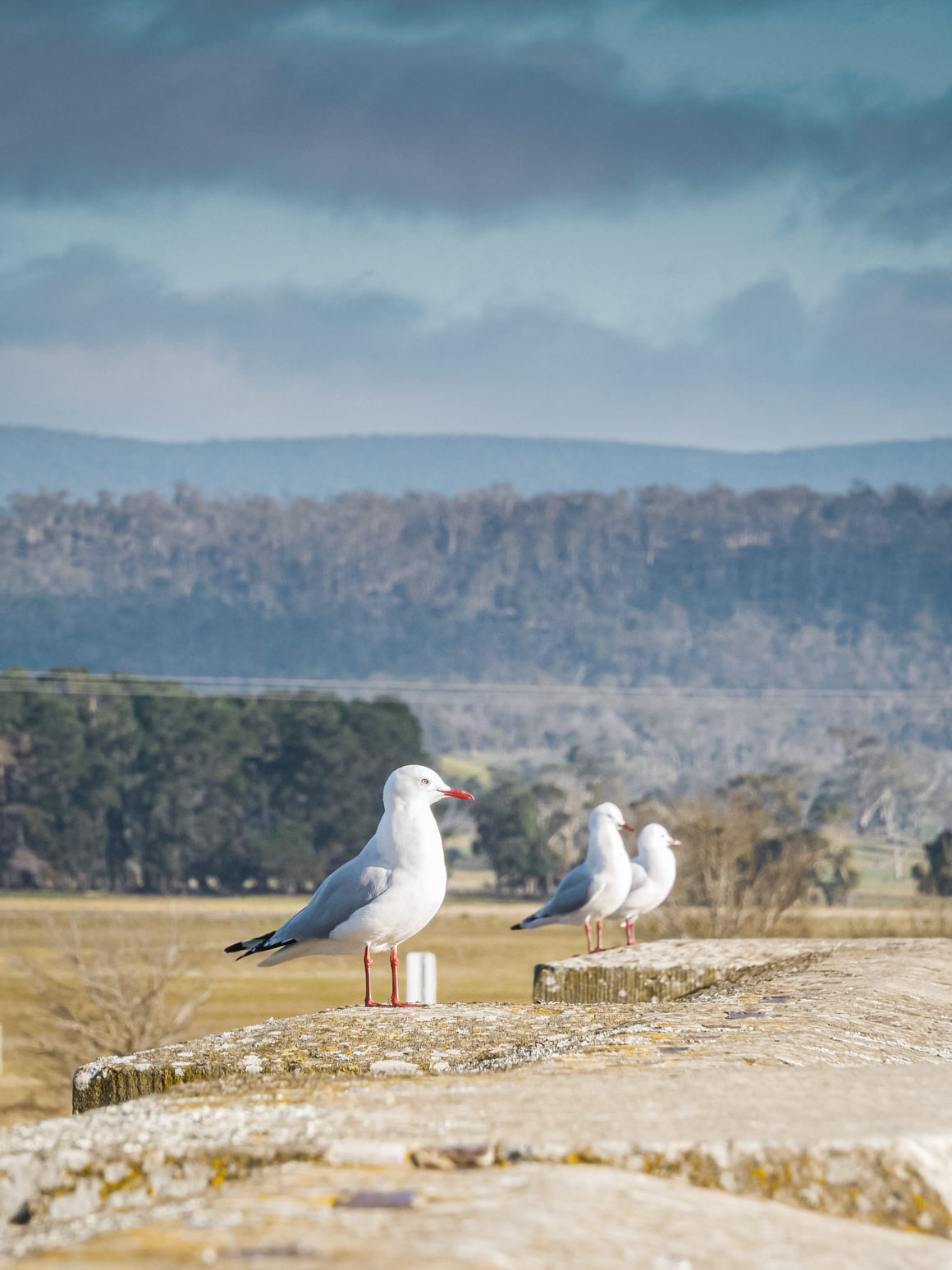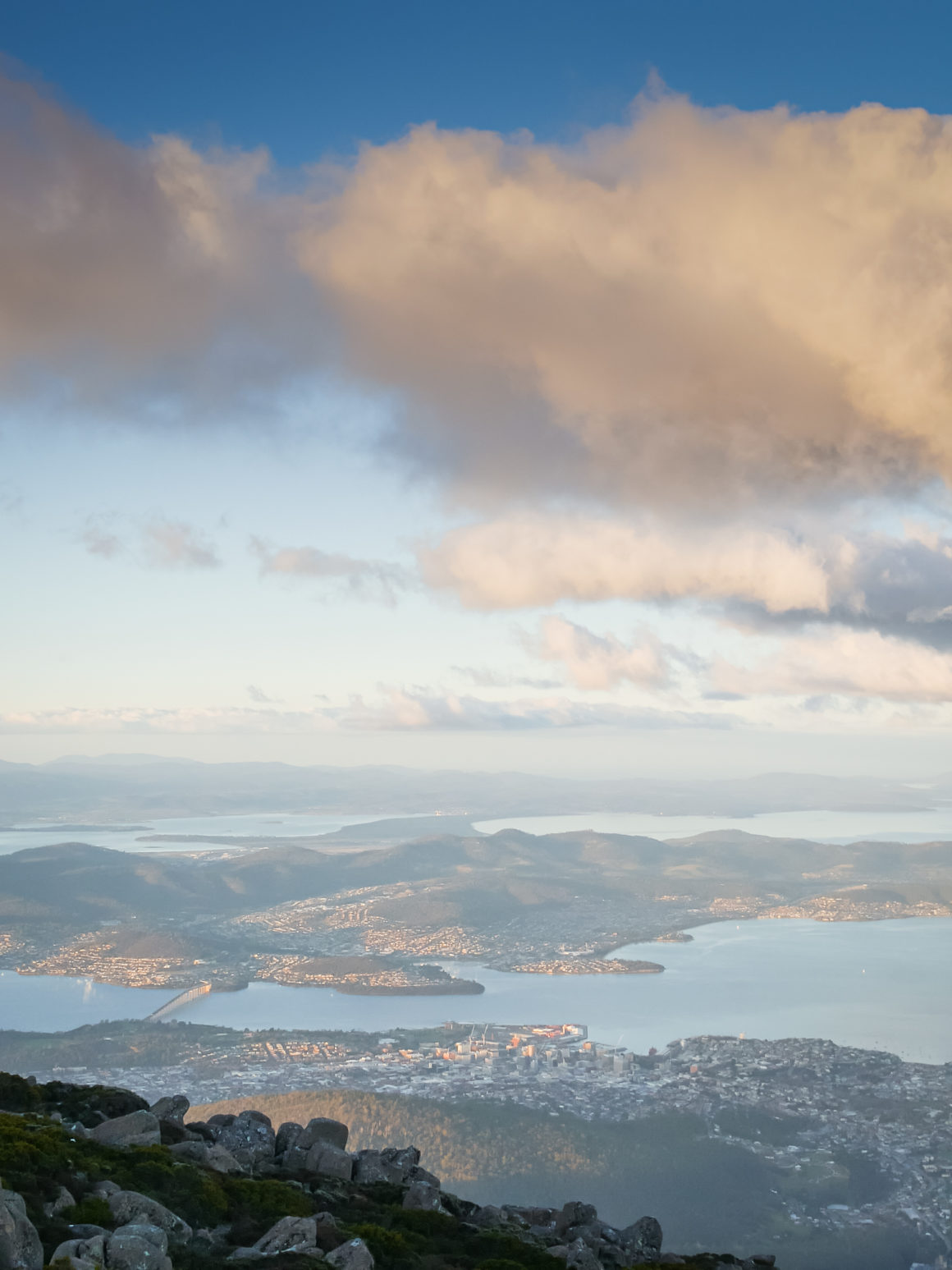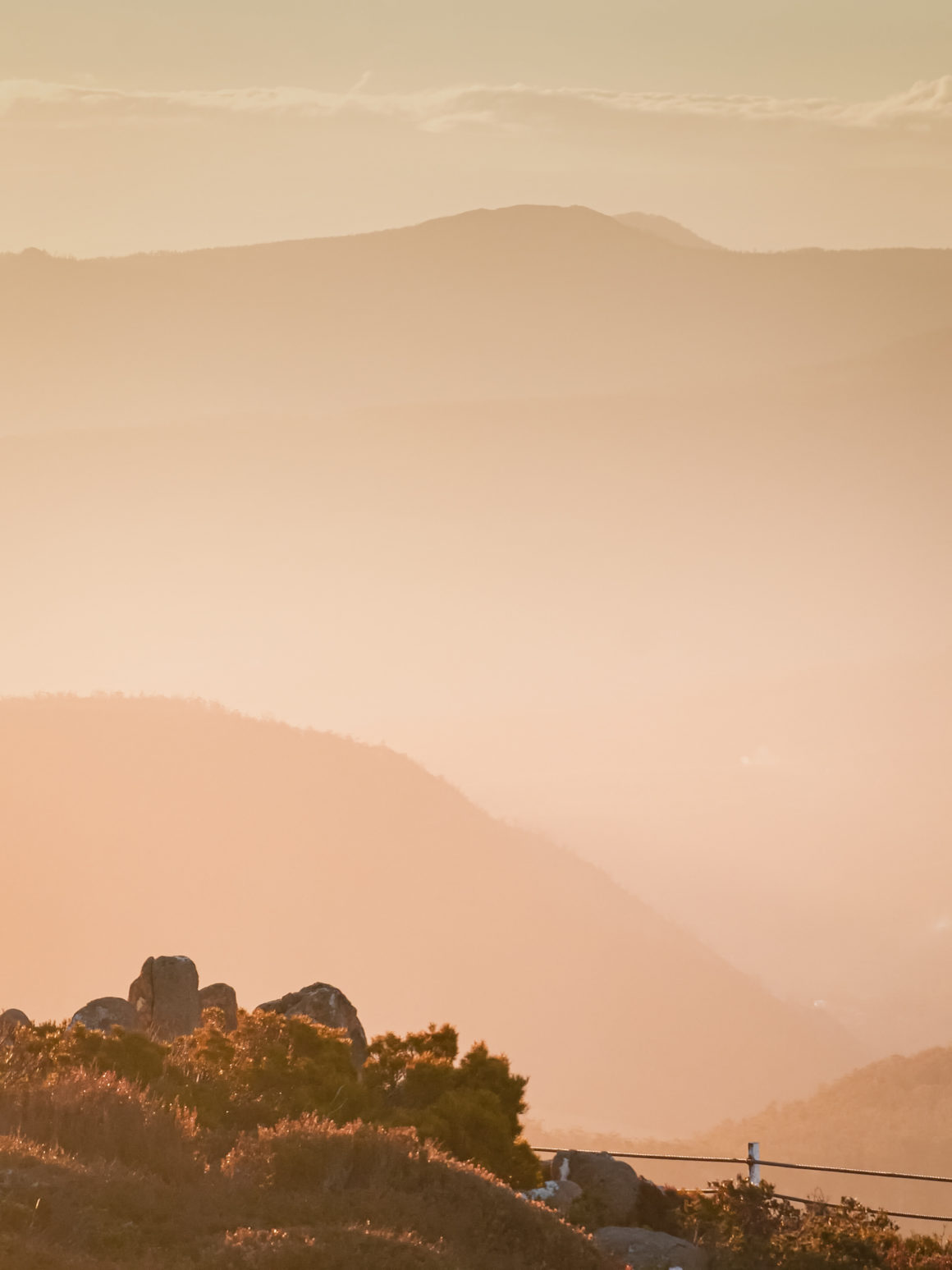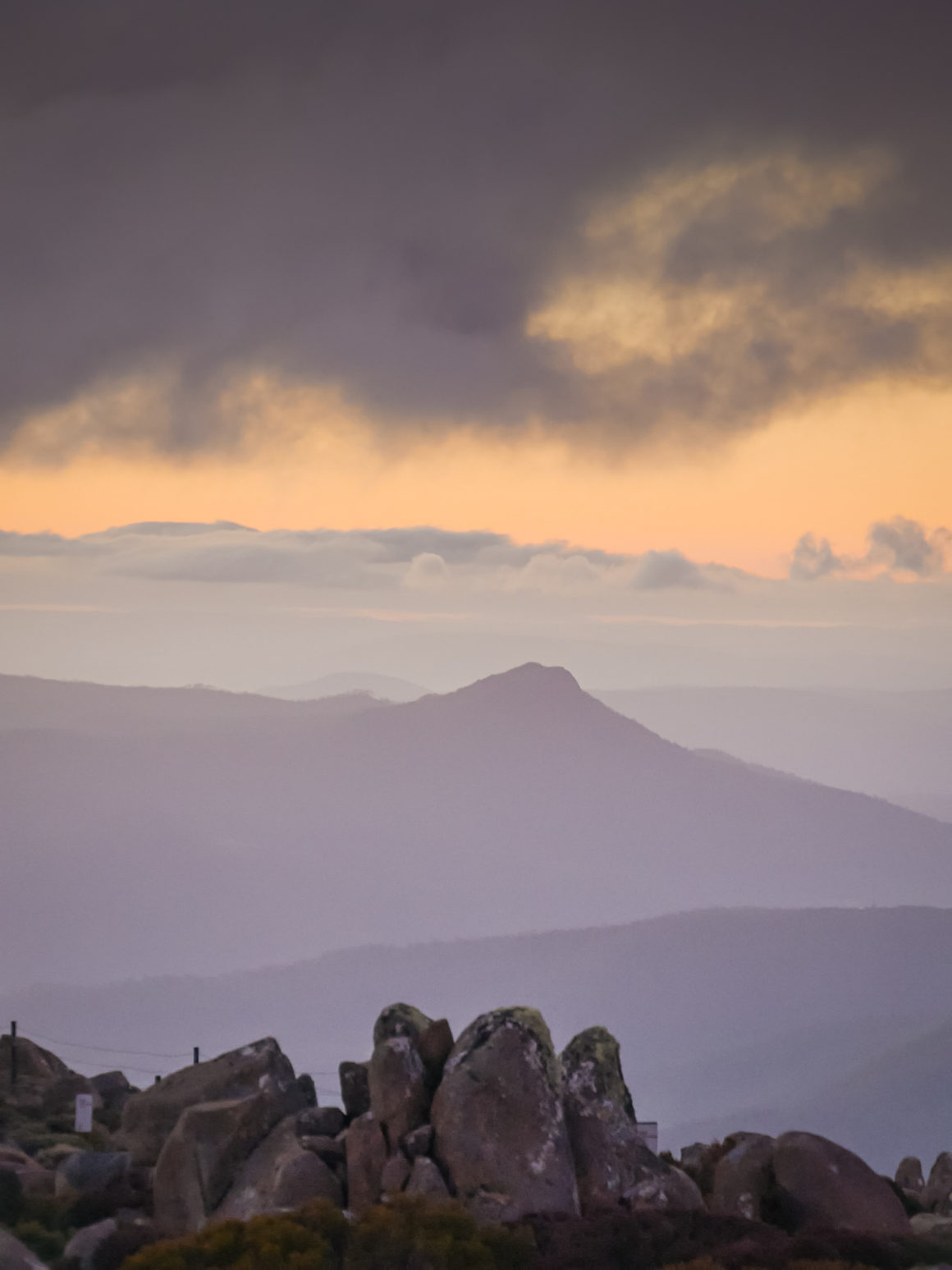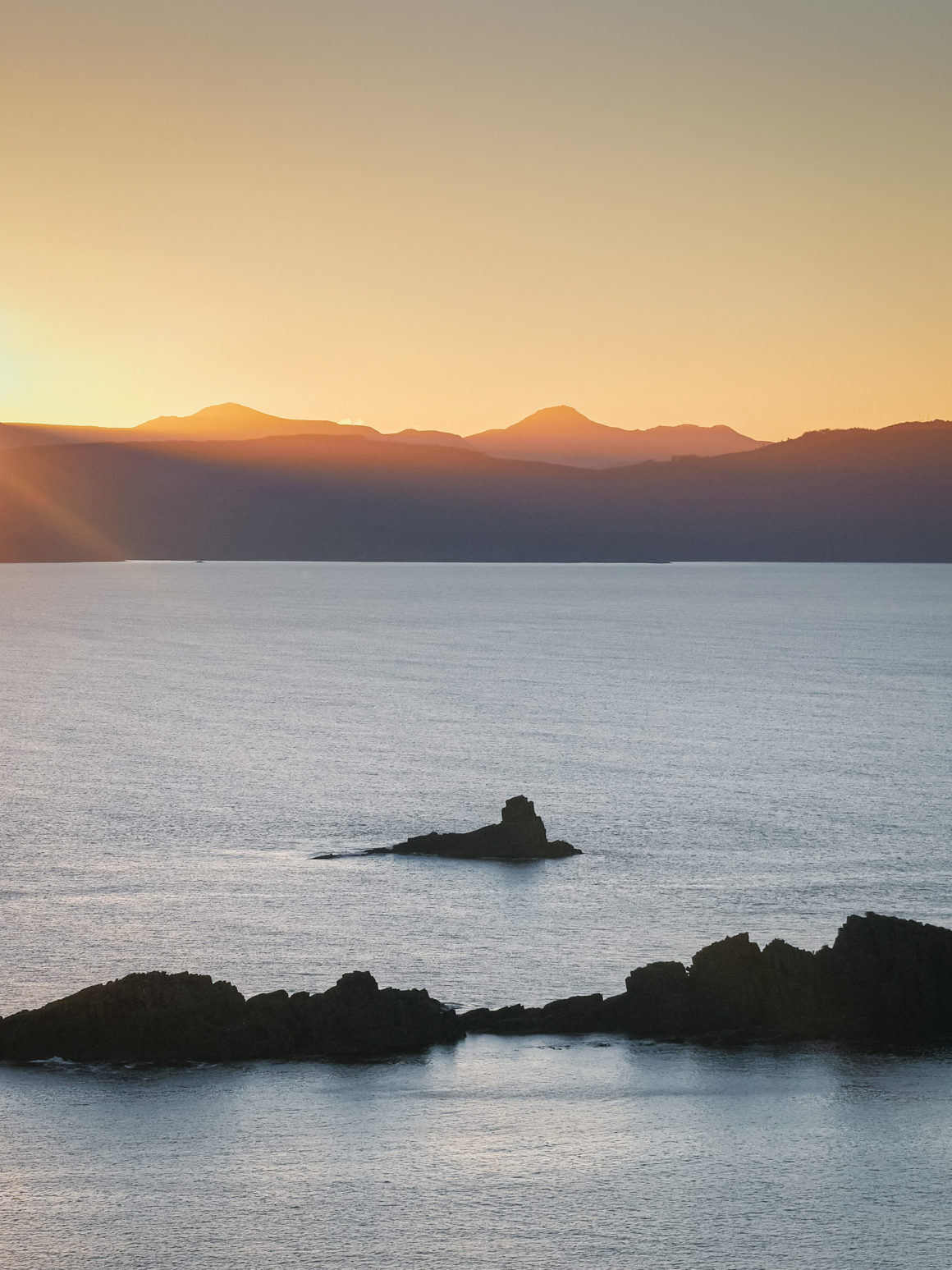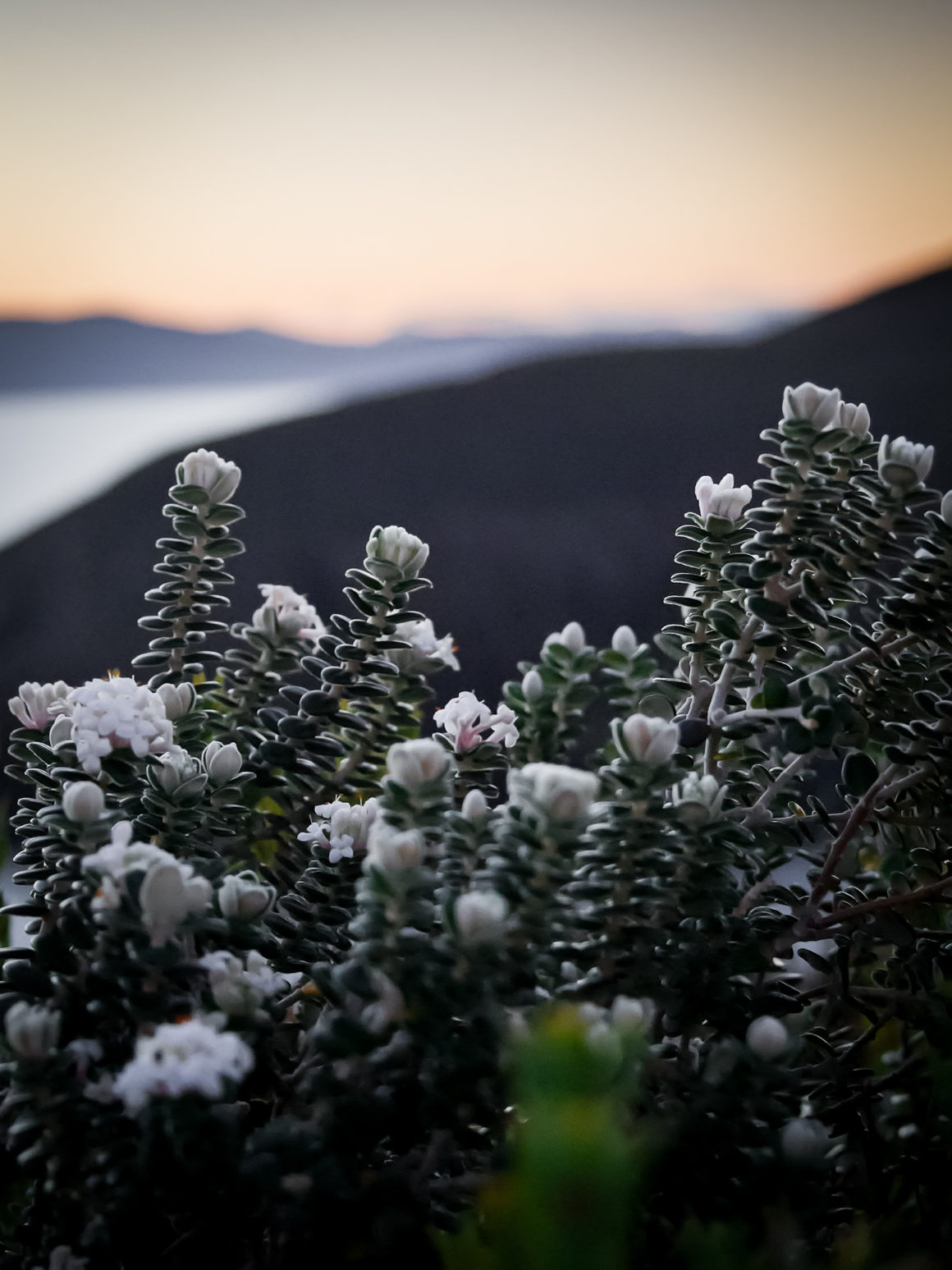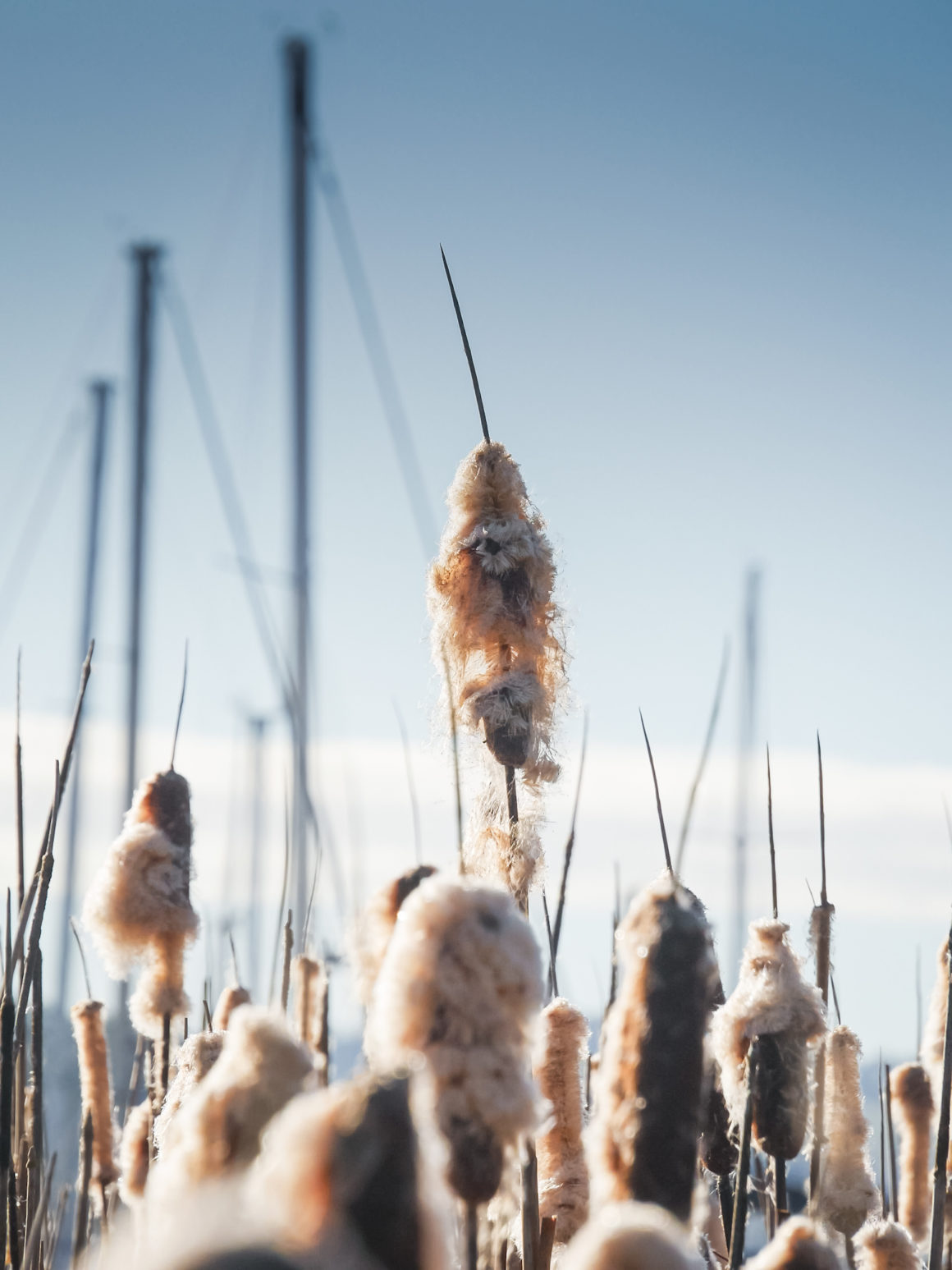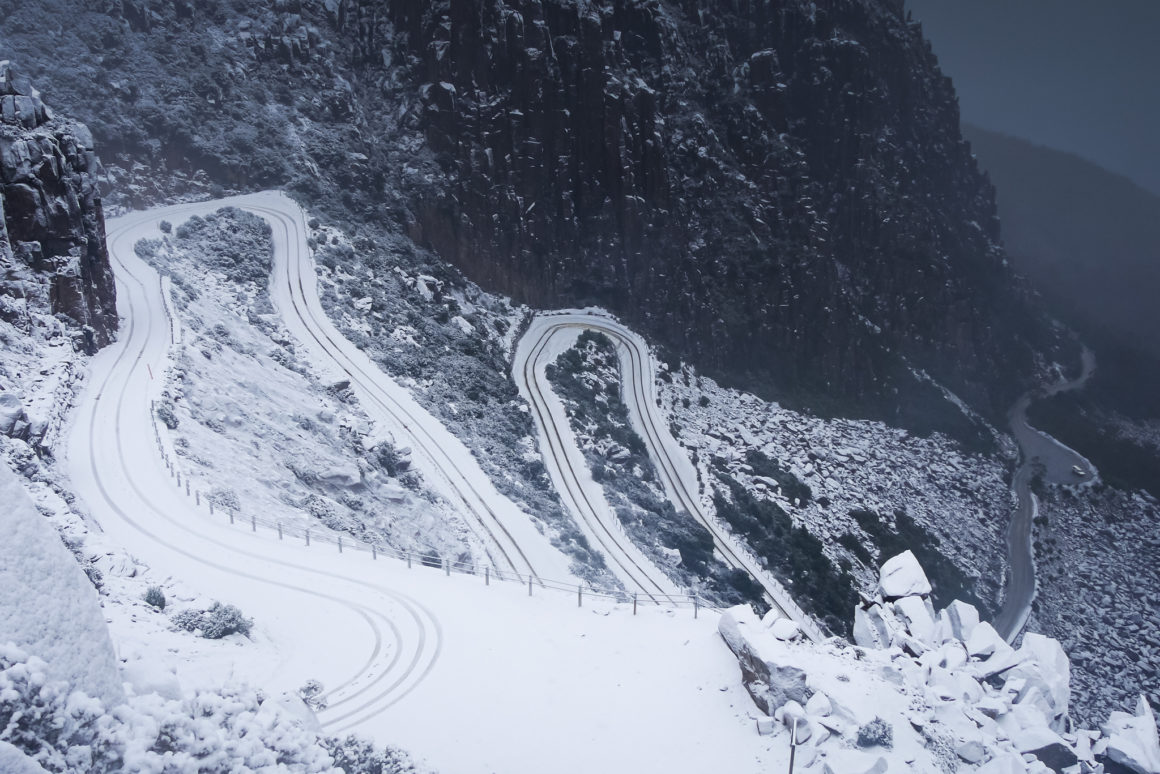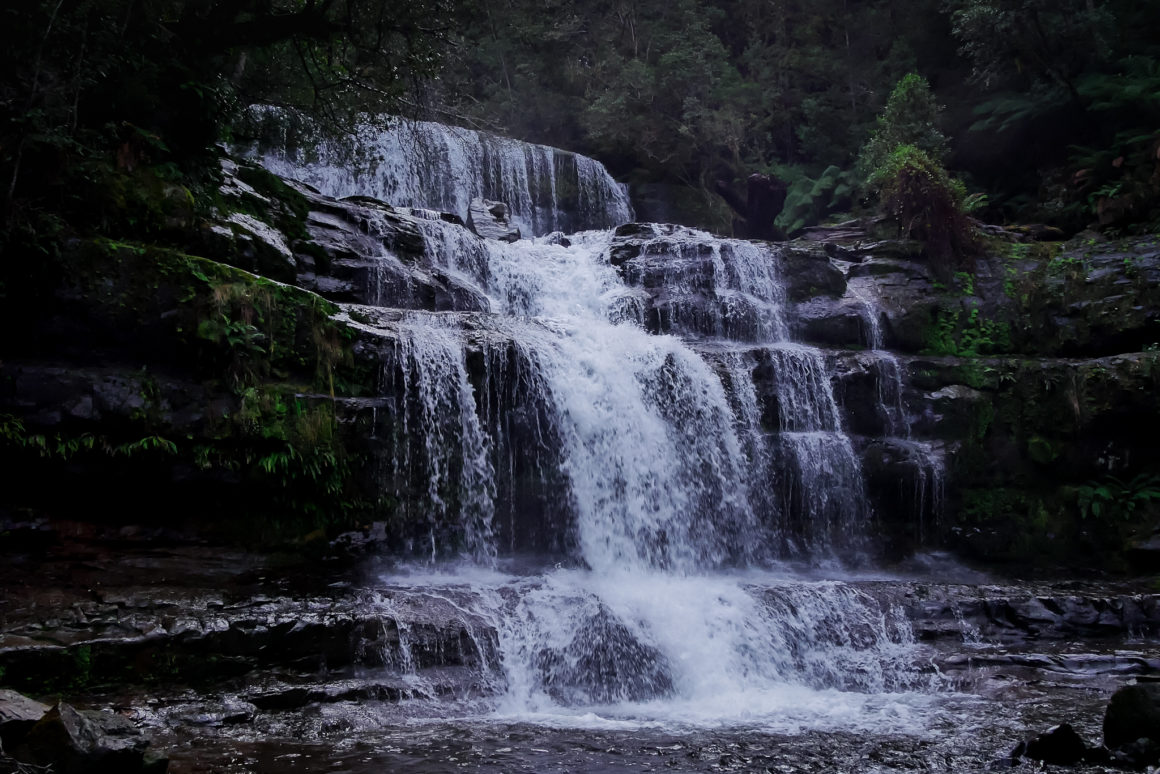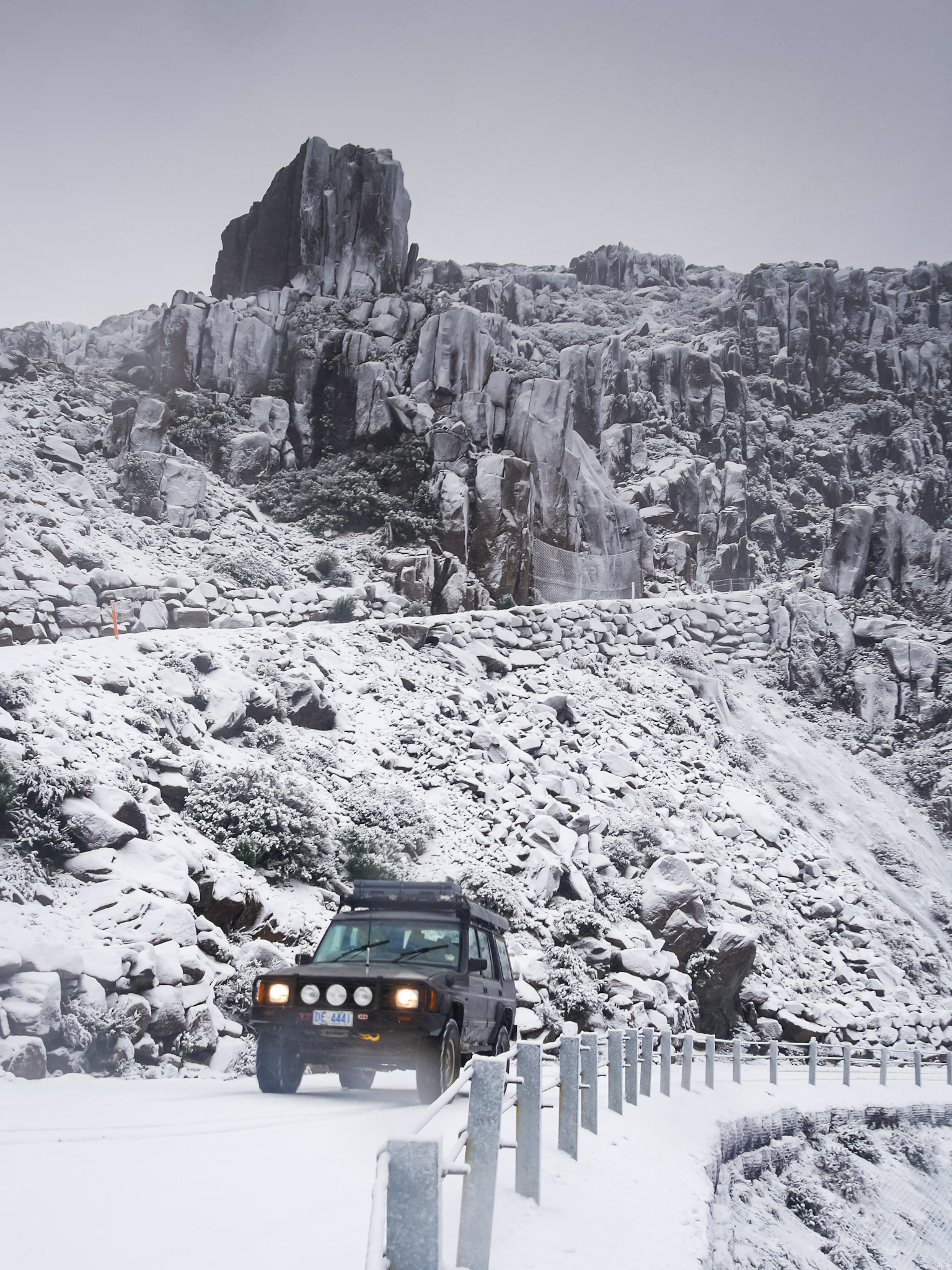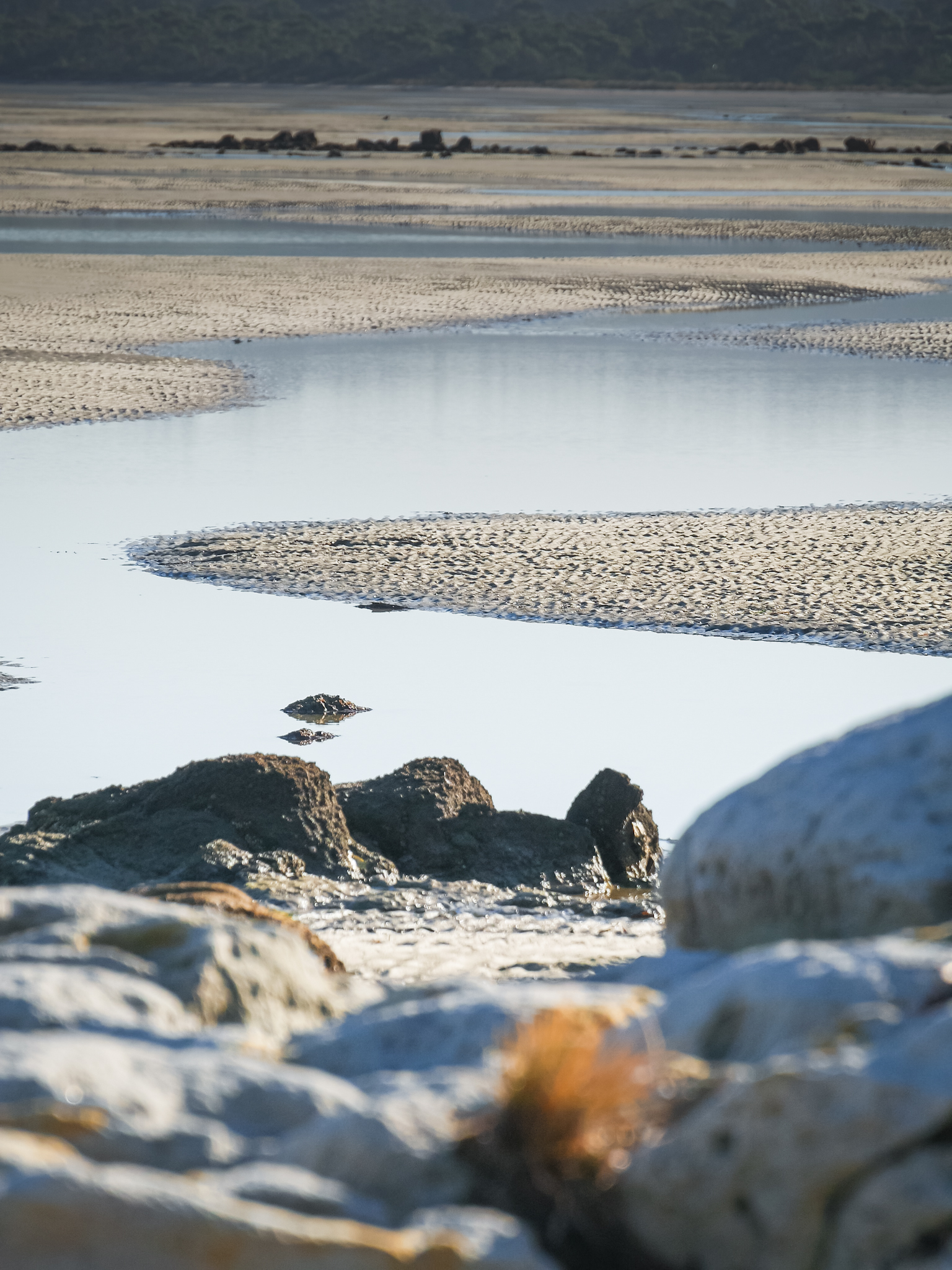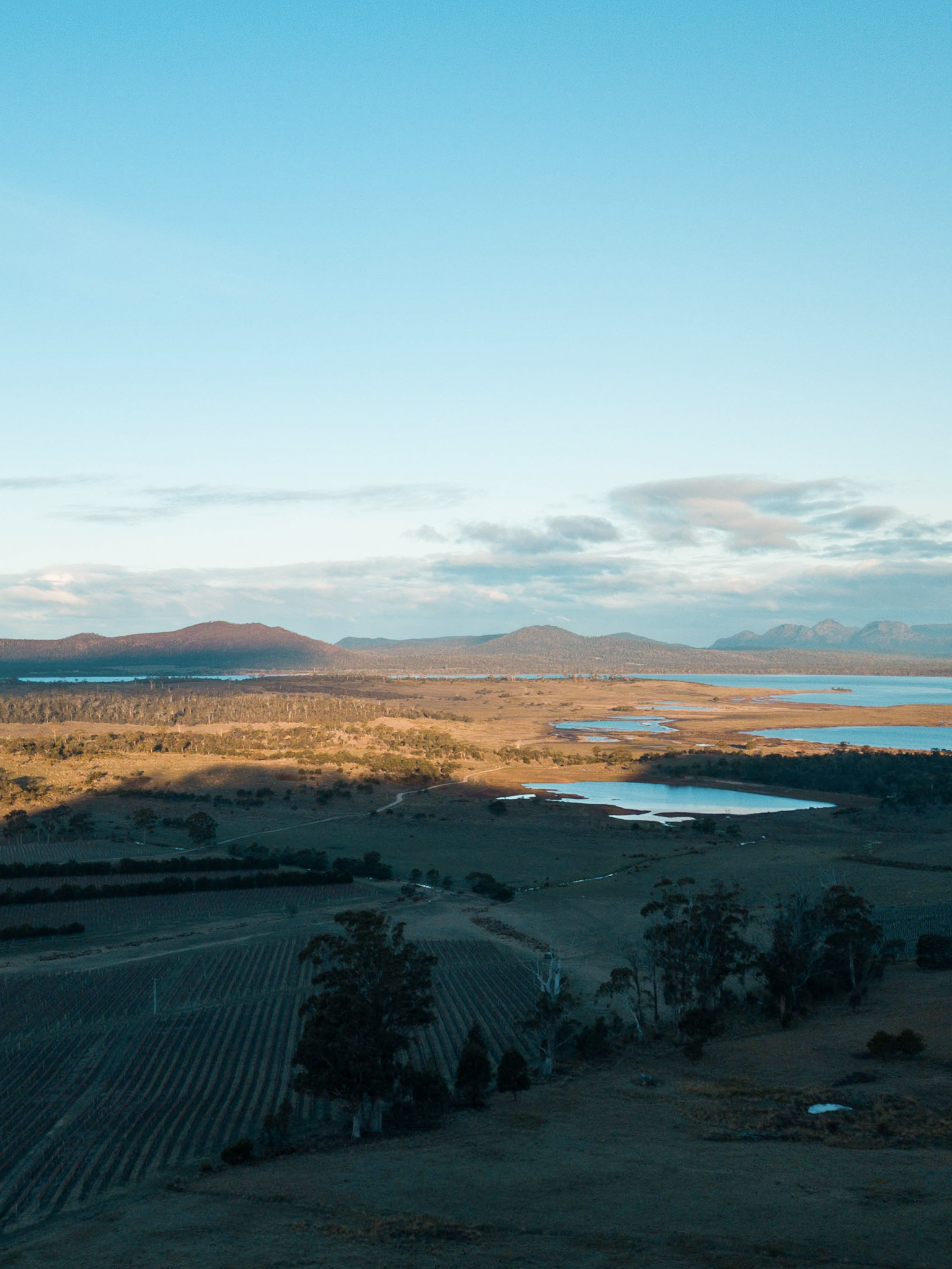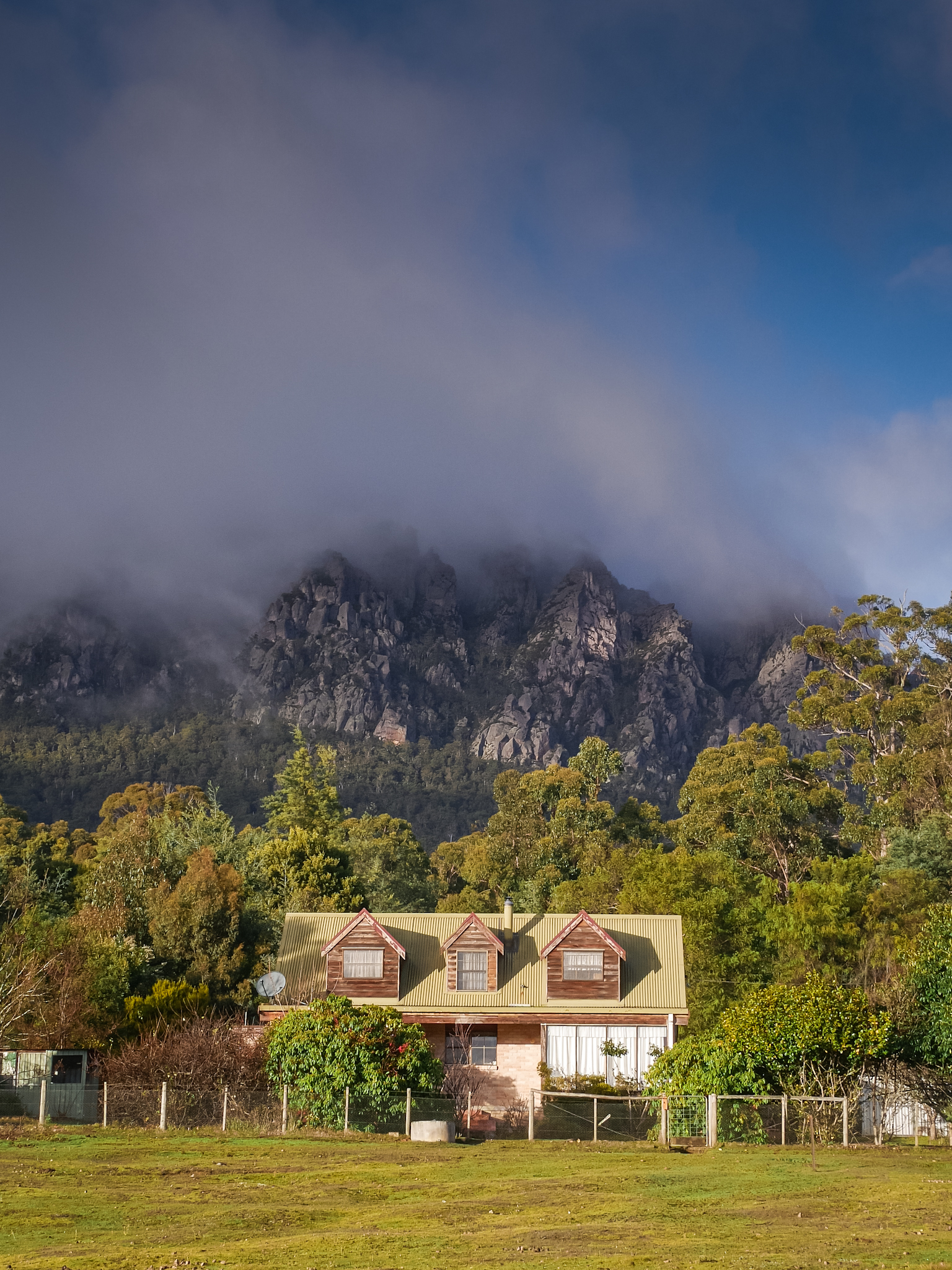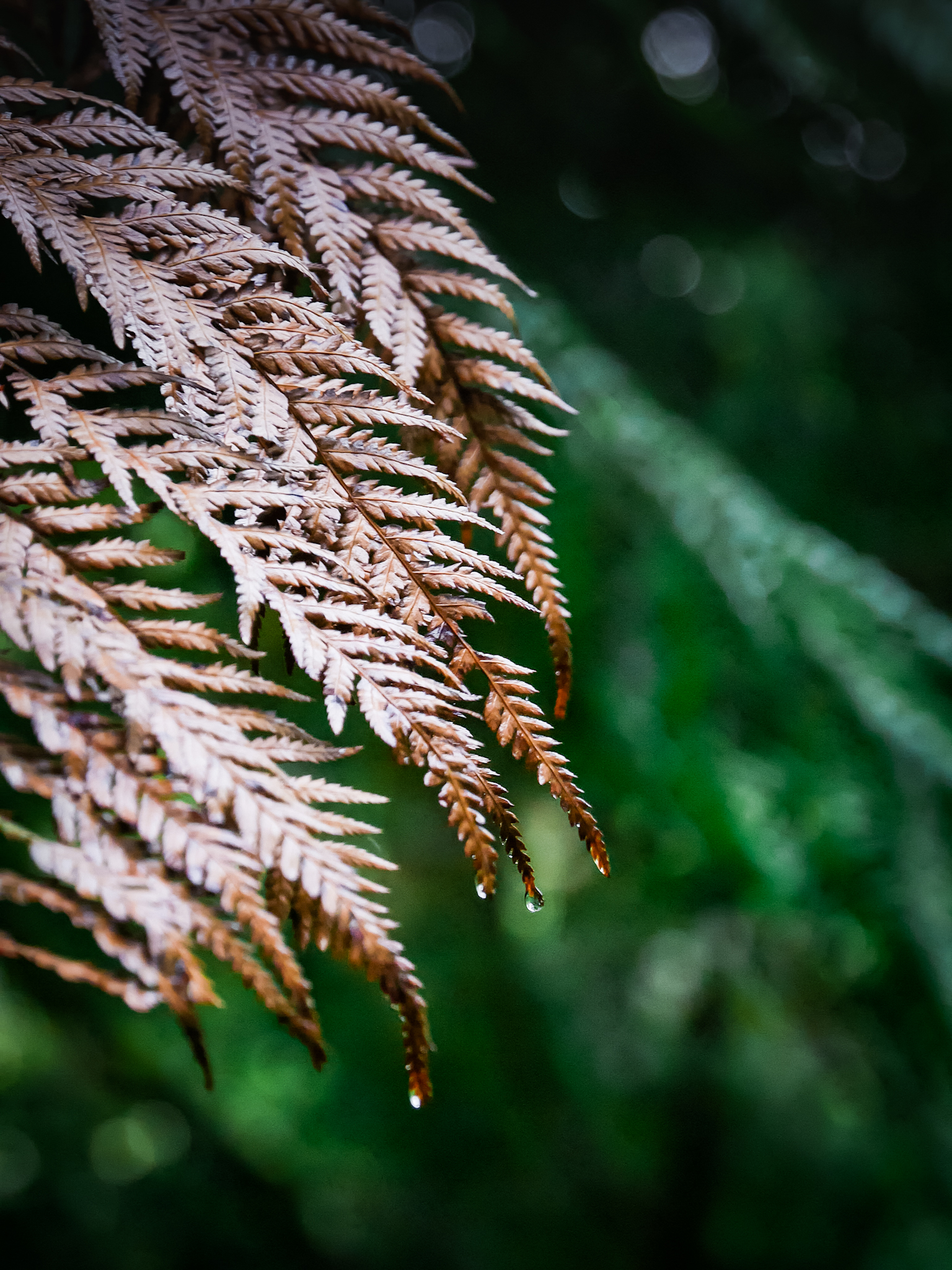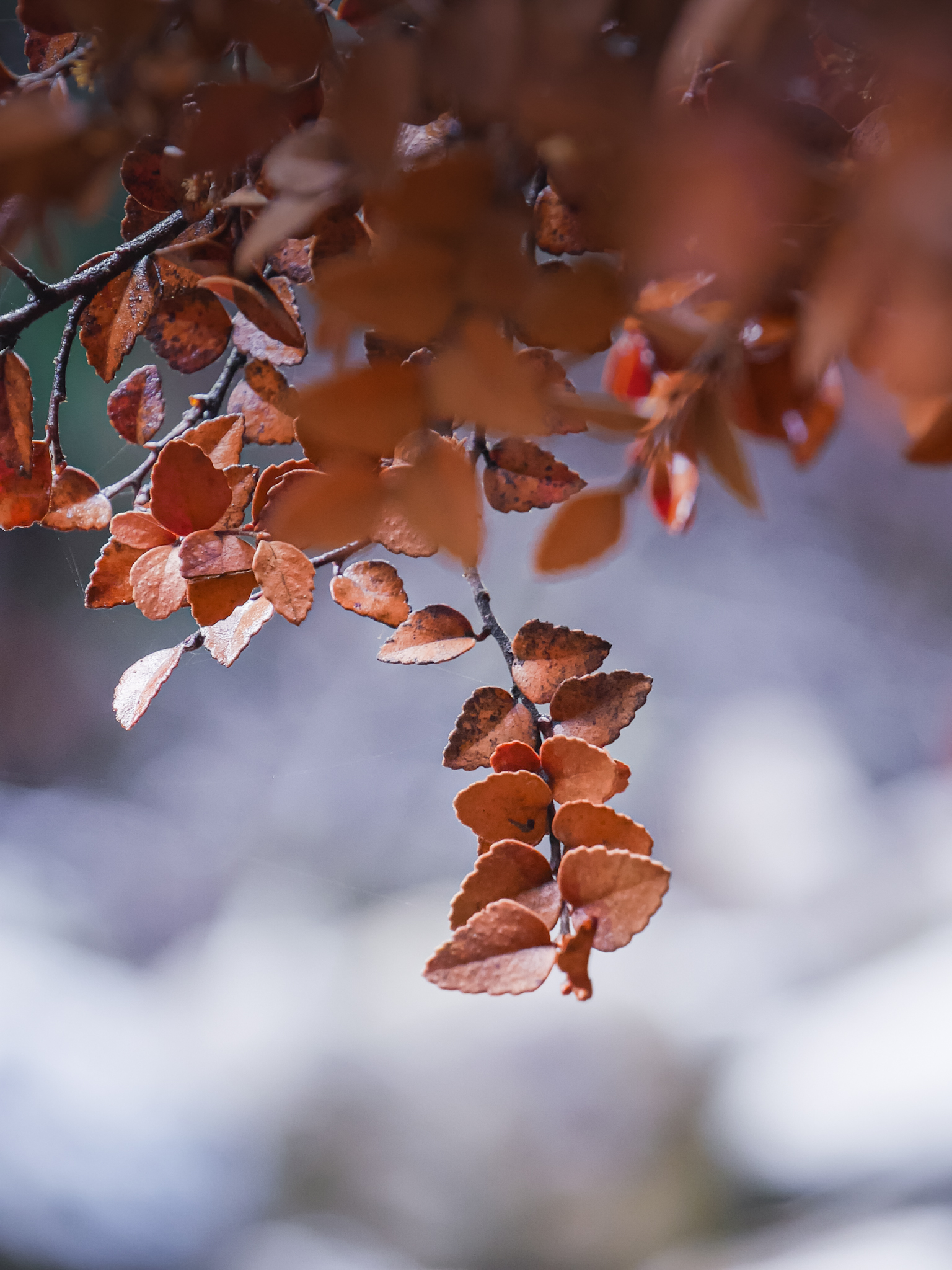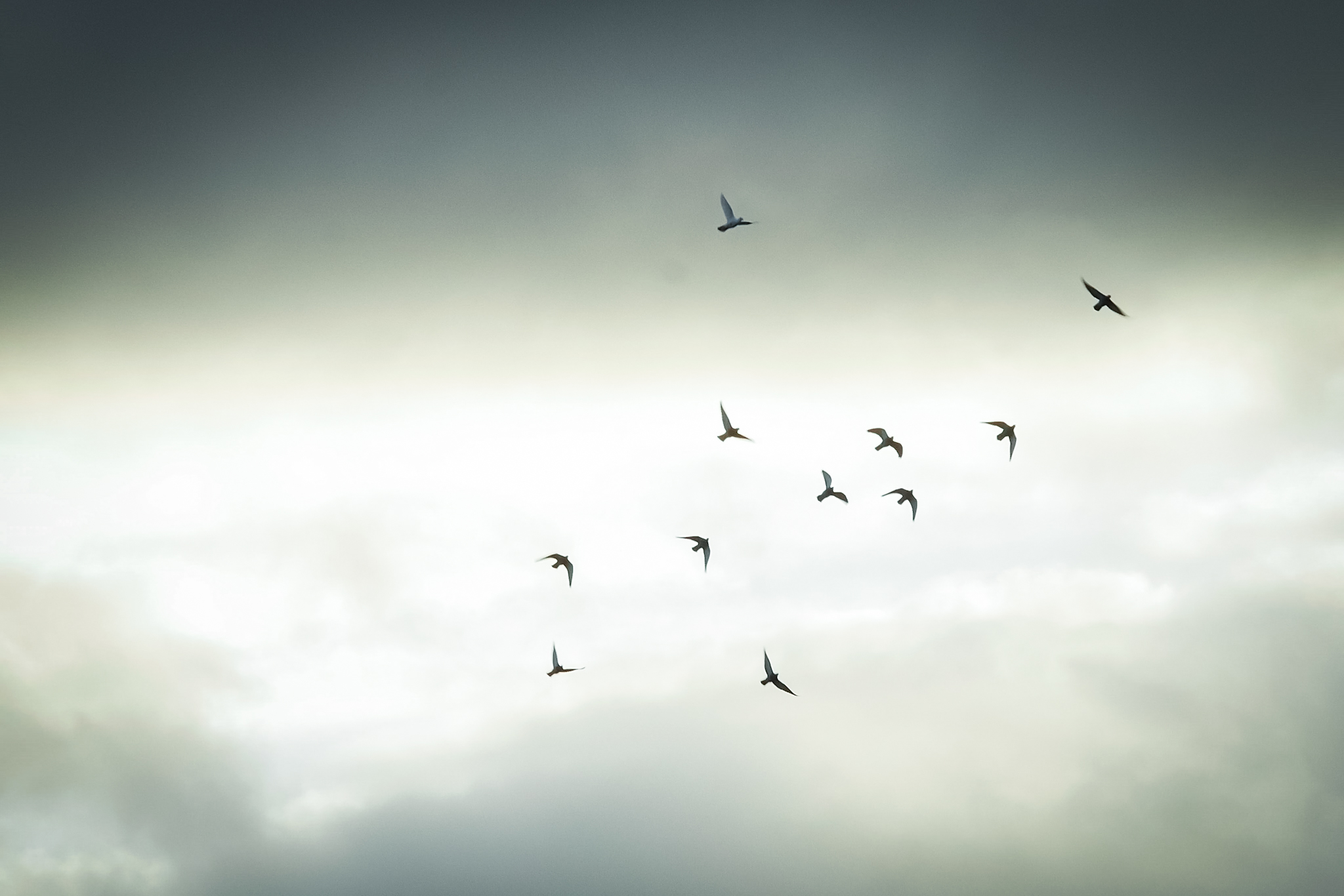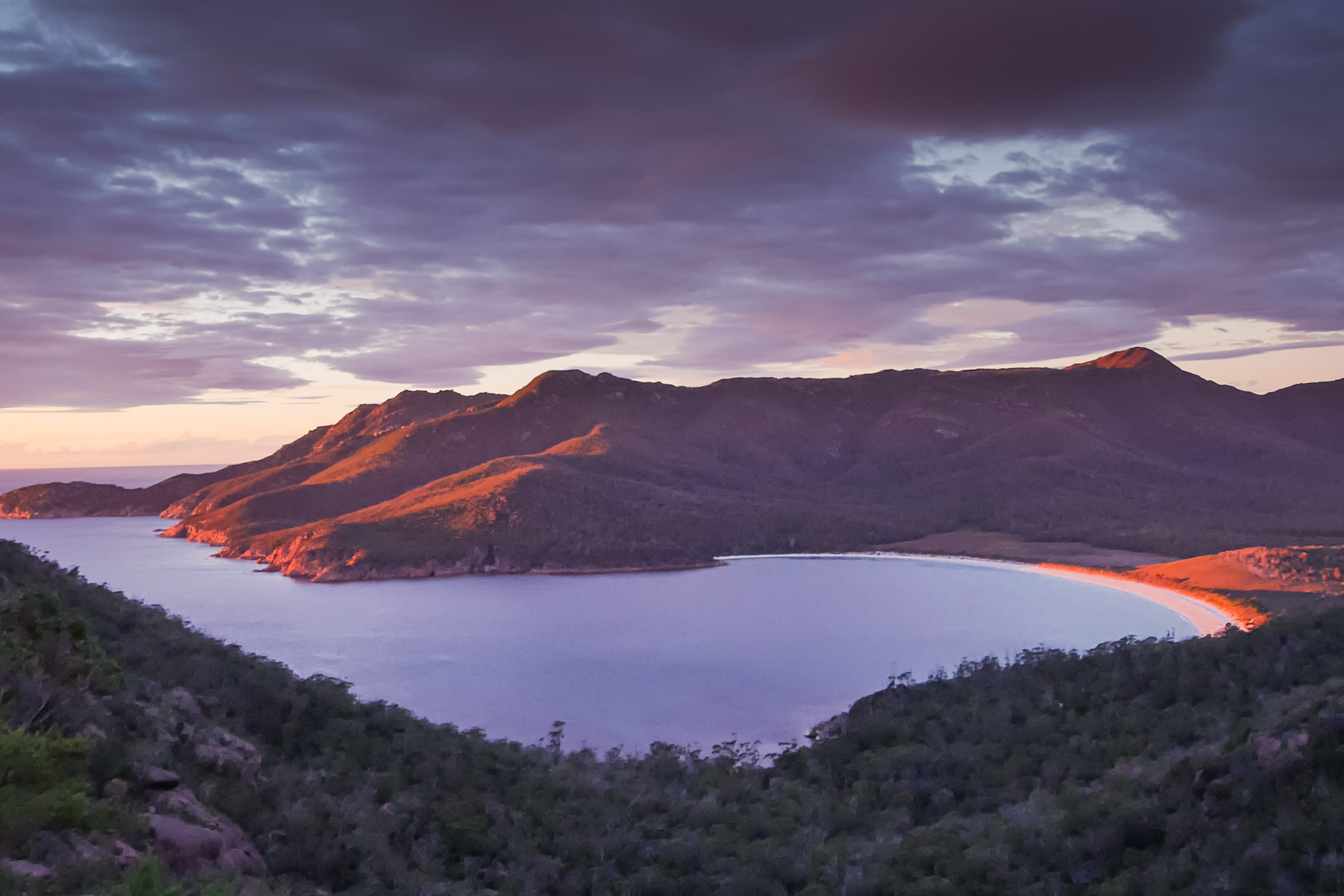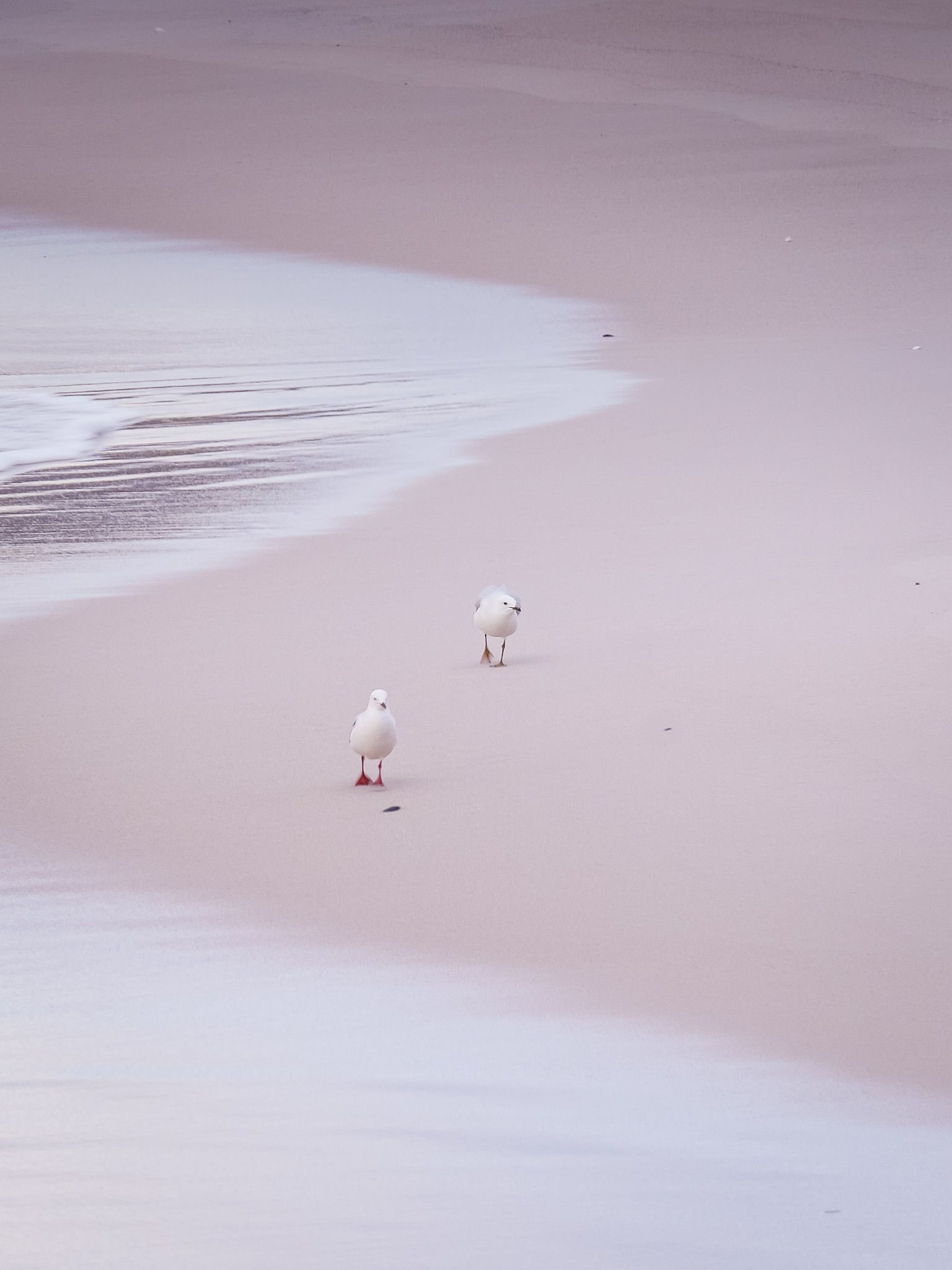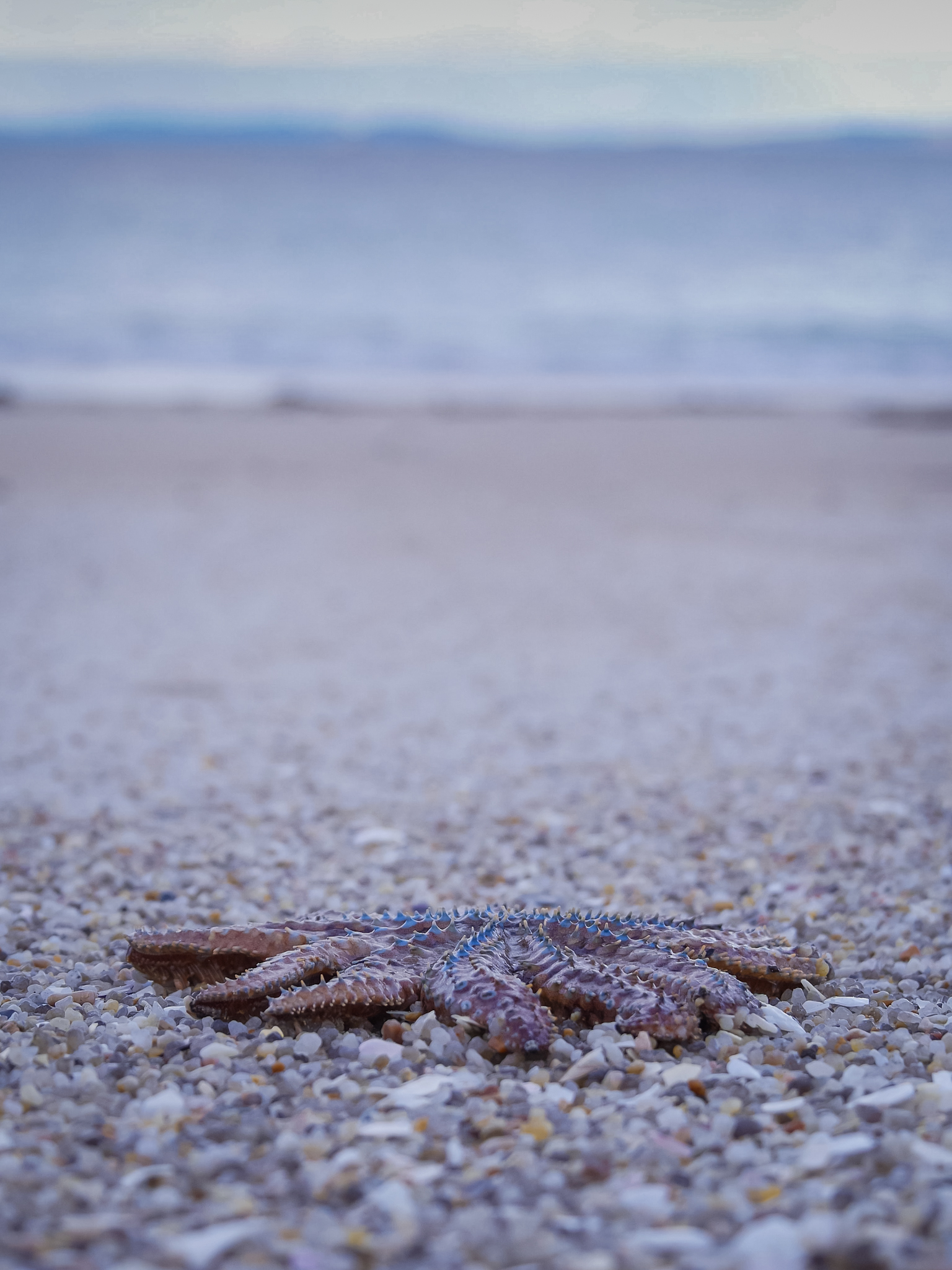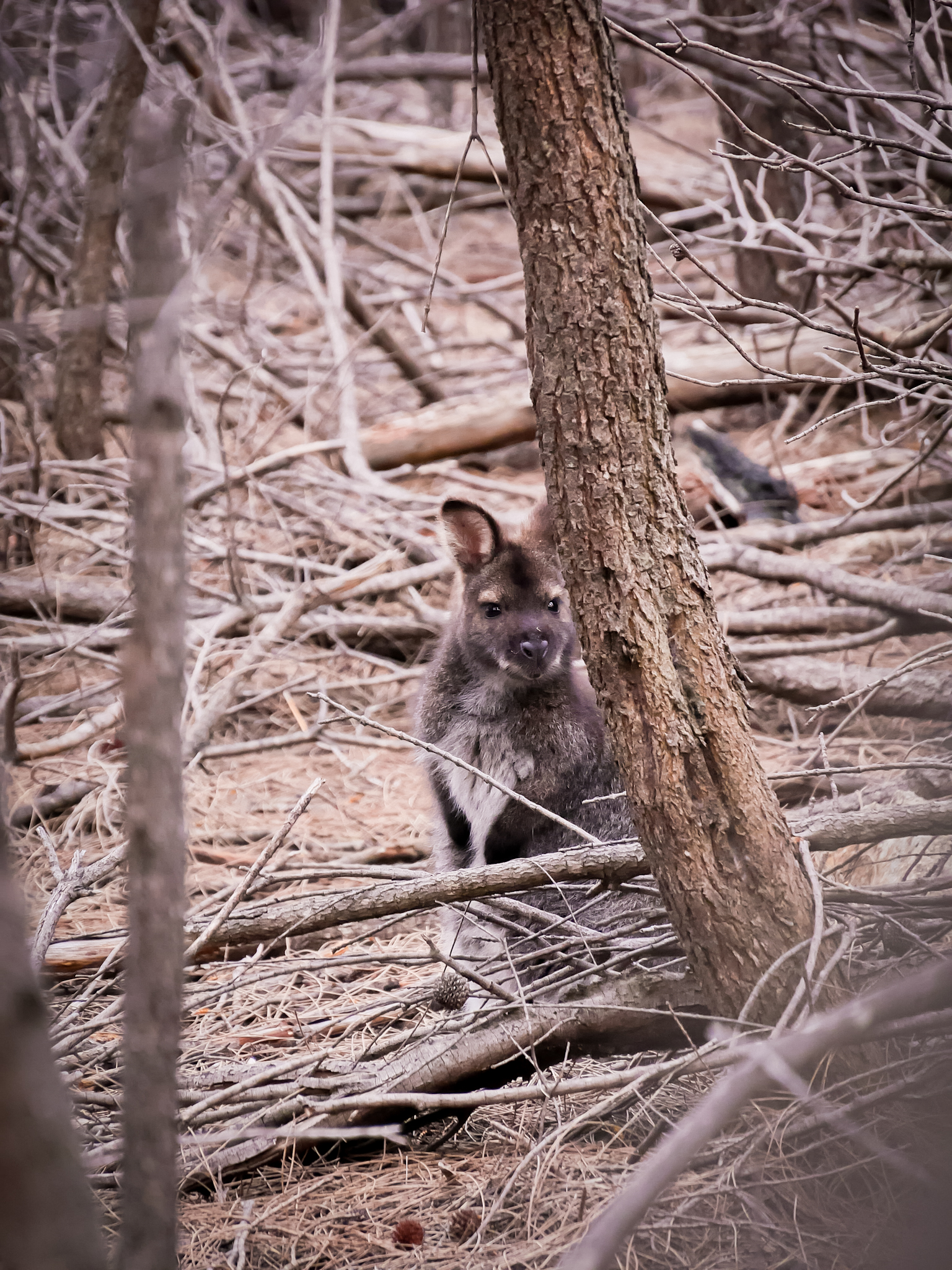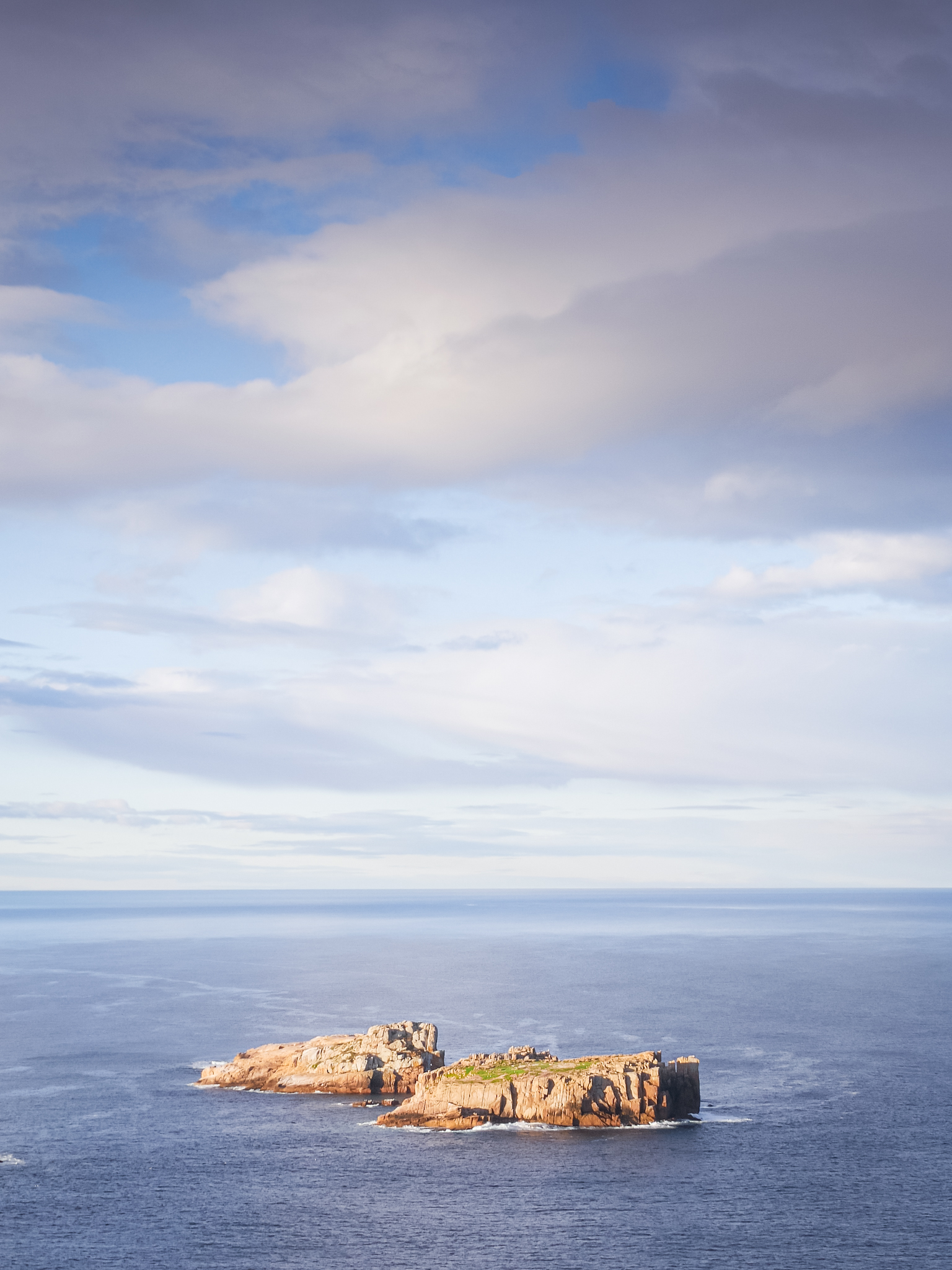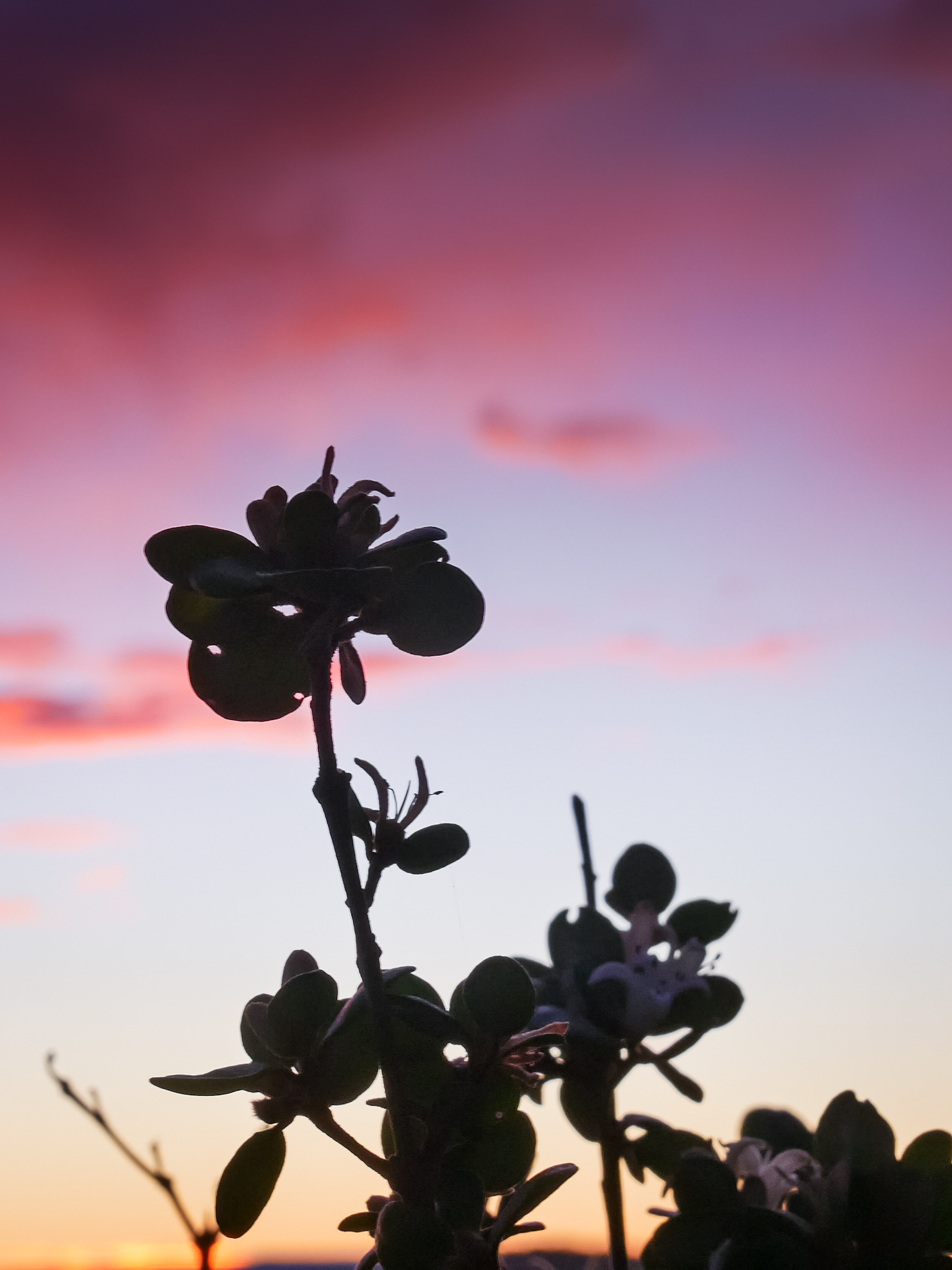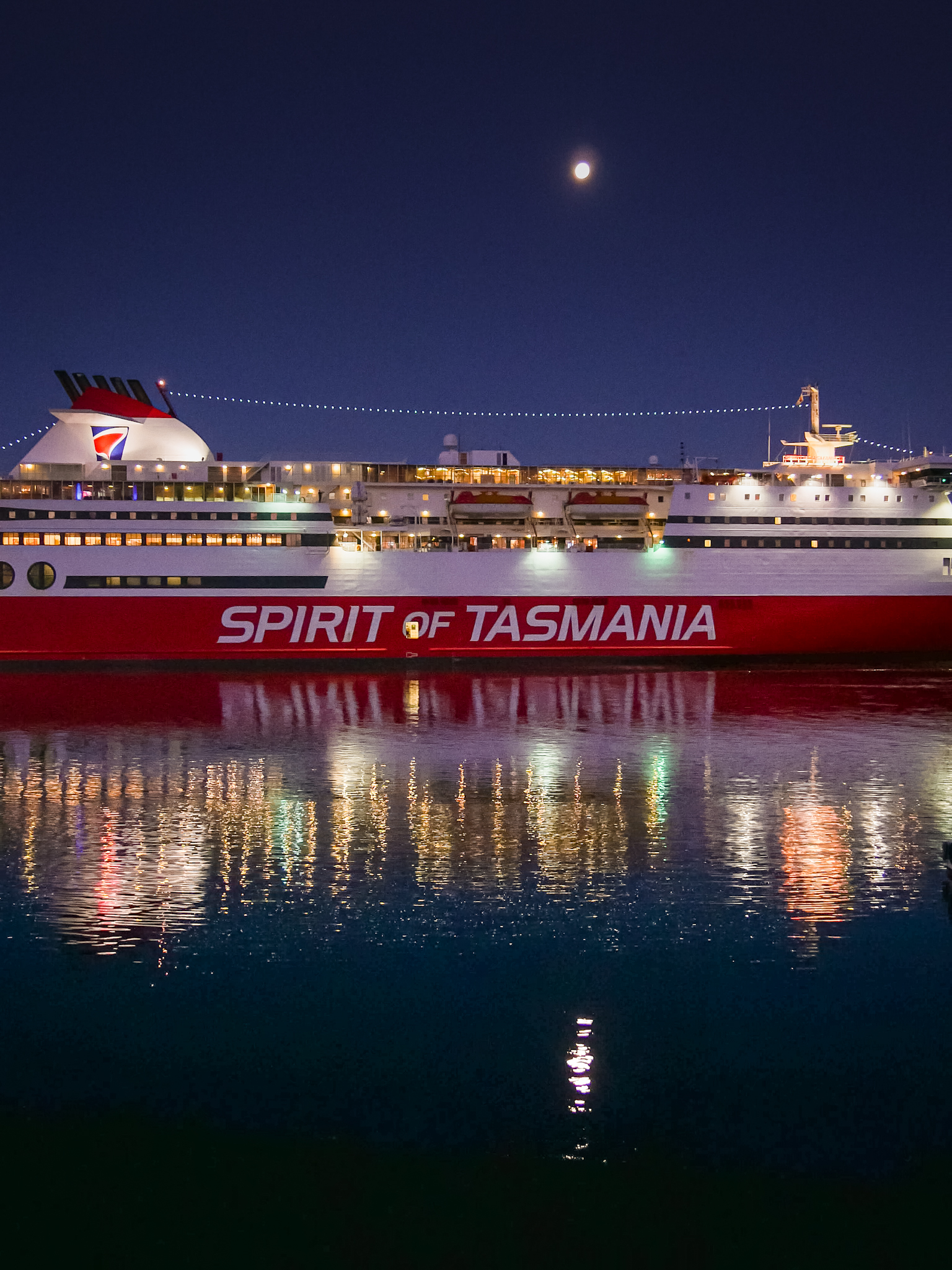DISPATCH
Four months in Tasmania. Four months to discover one of the most beautiful places in Australia. Well, in reality with the work (supervisor at Costa Tasmania during the raspberry season then vegetable picker at Premium Fresh), I only had about a month to explore the island. Tasmania is an island, a small island compared to the size of Australia but a big island still if you count the driving time to go around the island. Referred to as “Natural State”, the island is one of six Australian states. Located in South East Australia, it takes approximately ten hours by ferry from Melbourne to reach Devonport, gateway to the island.
Devonport is a small town on the north coast of Tasmania. Nothing like Hobart, the capital on the other side of the island, a big city that moves, with museums, cinemas, bars and restaurants. No, Devonport is a small, simple town, separated in two by the Mersey River. The big ferry, Spirit of Tasmania which makes the crossing to Melbourne several times a day is the icon of the city. A small town center, a library, a not too expensive supermarket, a Zambrero (a Mexican restaurant that makes great burritos), a cinema, a lighthouse and a beautiful beach, an aquatic and sports center with great courses and equipment and that’s it. Paradise according to me. All around, small hills and paddocks to the south and the sea to the north. Devonport is really nice to live. I lived in two different houses, the first one, a share house with other backpackers (three Taiwanese and one Korean), then at Yvonne, a retired lady who welcomes backpackers. In both cases with my own room, internet and a not very expensive rent. It was really good.
Agricultural region, the northern coast of Tasmania is not the most rated for tourists. Major tourist attractions are found elsewhere. Nevertheless, it has some pretty places. The small national park Narawntapu about forty minutes from Devonport is a very nice spot with a nice lagoon and great walks. I also went to visit The Nut, a rocky formation on the seafront with steep cliffs remembering old volcanic activity. Located at the northwestern end of the island, it takes two to three hours of driving on small roads to reach Stanley, the village on the edge of the hill. A short walk of one hour allows to climb on the plateau and to go around.
In the central part of the island are several beautiful mountain ranges. The closest to Devonport is Mount Roland, a beautiful mountain range with very impressive cliffs. Quite little frequented, the massif offers three to four fairly physical walks with a superb view of the surrounding plains. Visible from Devonport, Mount Roland immediately attracted me. The road to reach the massif is superb, crossing plains and hills, especially very early in the morning, with the sunrise illuminating the fog.
Behind Mount Roland, there are several mountainous national parks including Cradle Mountain – Lake St Clair National Park, the most famous place in Tasmania. The mountain with its spacial shape and its national park are part of Unesco World Heritage. I went there three times including two where I did not see anything because of bad weather. From here begins the Overland Track, a week-long hike through Tasmanian mountains and wild plains. I did not had the time to do it but I intend to try my luck again if I go back one day to Tasmania. On the only day of good weather I had I just went for a five hour ride around the massif and on the plateau. The view was really beautiful.
Close to the same latitude but to the east coast is Ben Lomond National Park. A big massif with a long plateau with impressive cliffs. At the top is a small ski resort. The most notable feature of Ben Lomond is Jacob’s Ladder, the part of the winding road that goes through the cliffs to reach the plateau. I went there very early in the morning with the idea of photographing the sunrise but I was greeted with a snowstorm and fog. A typical Tasmanian weather. But that did not stop me and I climbed the road on foot to reach the point of view at the top to appreciate the landscape. Back in the East part of the island, a little further in the center is Lake St Clair, the southern part of Cradle Mountain – Lake St Clair National Park. It is at the lake that ends the Overland Track. I spent the night in my car at the edge of the lake on a freezing night. I was cold, really cold. But the early morning sunrise was splendid.
In the center of Tasmania is the Central Plateau Conservation Area, an area covered with mountains with impressive plateaus and an infinity of lakes including The Great Lake, which as the name suggests is one of the largest lakes on the island. I did not have time to explore the area a lot and I regret it a little bit. Further down are located the large Franklin-Gordon Wild Rivers and Southwest National Parks, vast wilderness areas covering almost a third of Tasmania and virtually unexplored. It is the kingdom of nature and wildlife. On the coast side, the east coast is the best known and also the most accessible. The West Coast is much wilder and gets all the bad weather. Only a few roads pass by and I did not hade the time to go explore this part.
The East Coast is famous for its beautiful beaches, national parks and islands. I went for a walk to Binalong Bay, a beautiful stretch of white sand with a lagoon. This is the starting point of the Bay of Fire, a name given to the northeastern coast extending from Binalong Bat to Eddystone Point and known for its orange granite rocks (covered with lichen). The color of the rocks was interesting but I admit to have being more impressed by Binalong Bay.
A little further down is Coles Bay and Freycinet National Park, one of Tasmania’s most beautiful places in my opinion. This is the last place I visited, with a good weather and it was probably the best way to end my trip on the island. The beautiful rocky peninsula shelters Wineglass Bay, a beautiful white sand beac and The Hazards, a series of jagged granite peaks including Mount Amos, accessible through a difficult track. The ascent begins quietly before turning into a real climb on the cliffs at the top of the mountain. Very physical, impressive and slightly dangerous, the climb is a real experience with a fantastic view at the top. Despite the difficulty, I really enjoyed the hike.
Southeast of the coast is the Hobart area. The bay is beautiful with several islands and peninsulas. The city stretches across the hills by the sea. Dominating the city is Mount Wellington. Called Kunanyi by the Aborigines, the mountain offers one of the most beautiful views in Tasmania. At the first lights of dawn or sunset the view of the bay of Hobart is splendid. I did not have time to visit most of the islands around Hobart but the only one I did, Bruny Island, ended up as very nice weekend. Small island known for its population of albino wallabies (which I did not saw unfortunately), the island offers beautiful walks and tasting of oysters.
Tasmania looks a lot like New Zealand. Green and mountainous areas are the norm here. The only difference is the presence eucalyptus forests instead of beech forests. And the animals. The animals are numerous. Seagulls, several species of birds I do not know the name, Kookaburras, kangaroos, wallabies, deers and hinds, possums, etc. and the famous Tasmanian Devil, a strange little creature with black fur whose wild population decreases each year. My most interesting meeting was made while I was taking pictures of Mount Roland at the top of a small surrounding hill. As I was about to leave, a group of hinds appeared on the small road in front of me. Followed by a white deer! I spent almost an hour watching them in front of me. The whole group looked very young. The male, white, was not albino but affected by leucistism. It is a disease that causes the loss of the natural color of the hair and skin but without red eyes.
At the end of June, my stay in Tasmania ended and I left the island behind. I did not had time to explore everything and I hope to be able to return before leaving Australia. Despite a somewhat disappointing work experiences, my stay on the island was very pleasant and I greatly enjoyed discovering the wonders of Tasmania.


